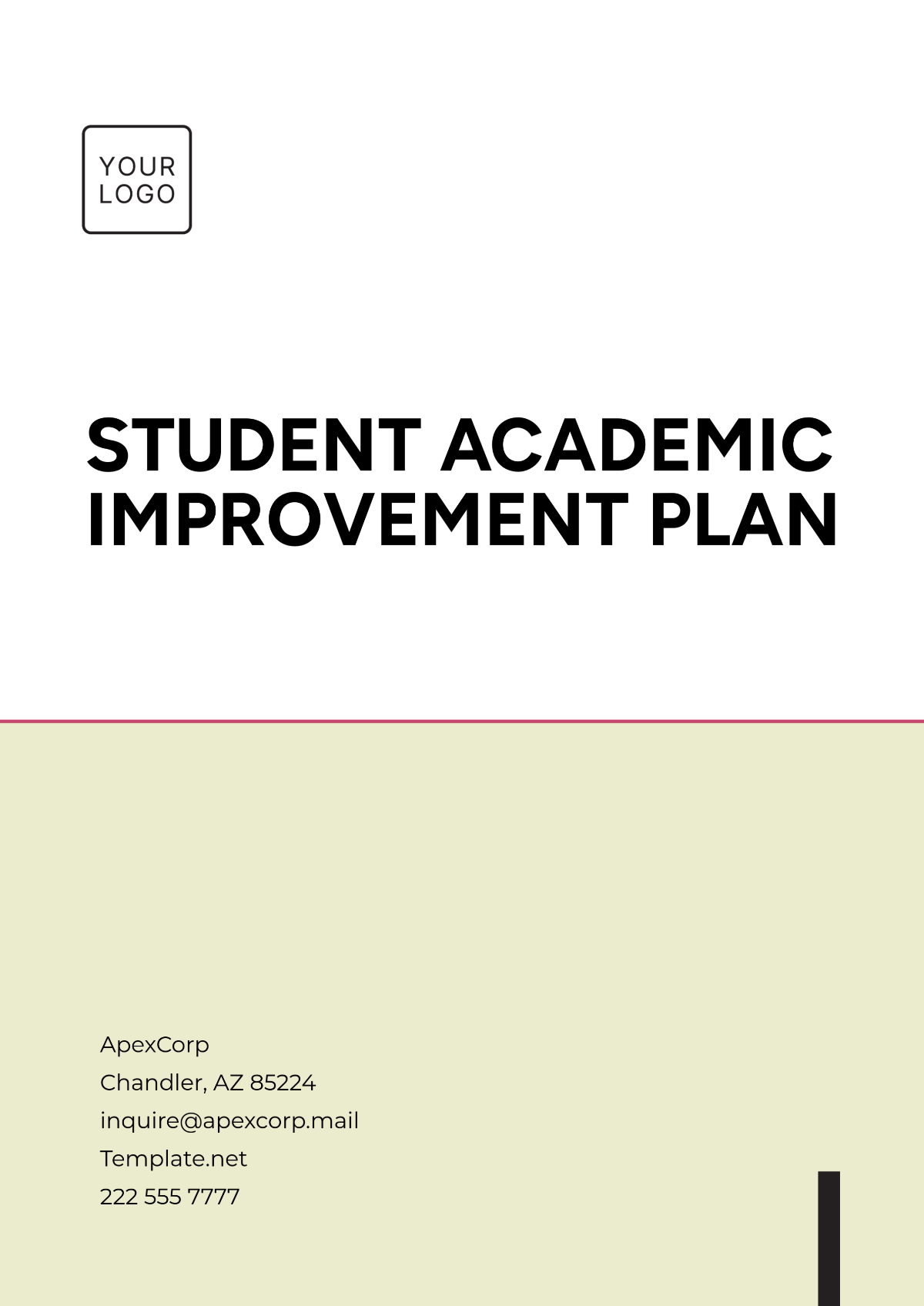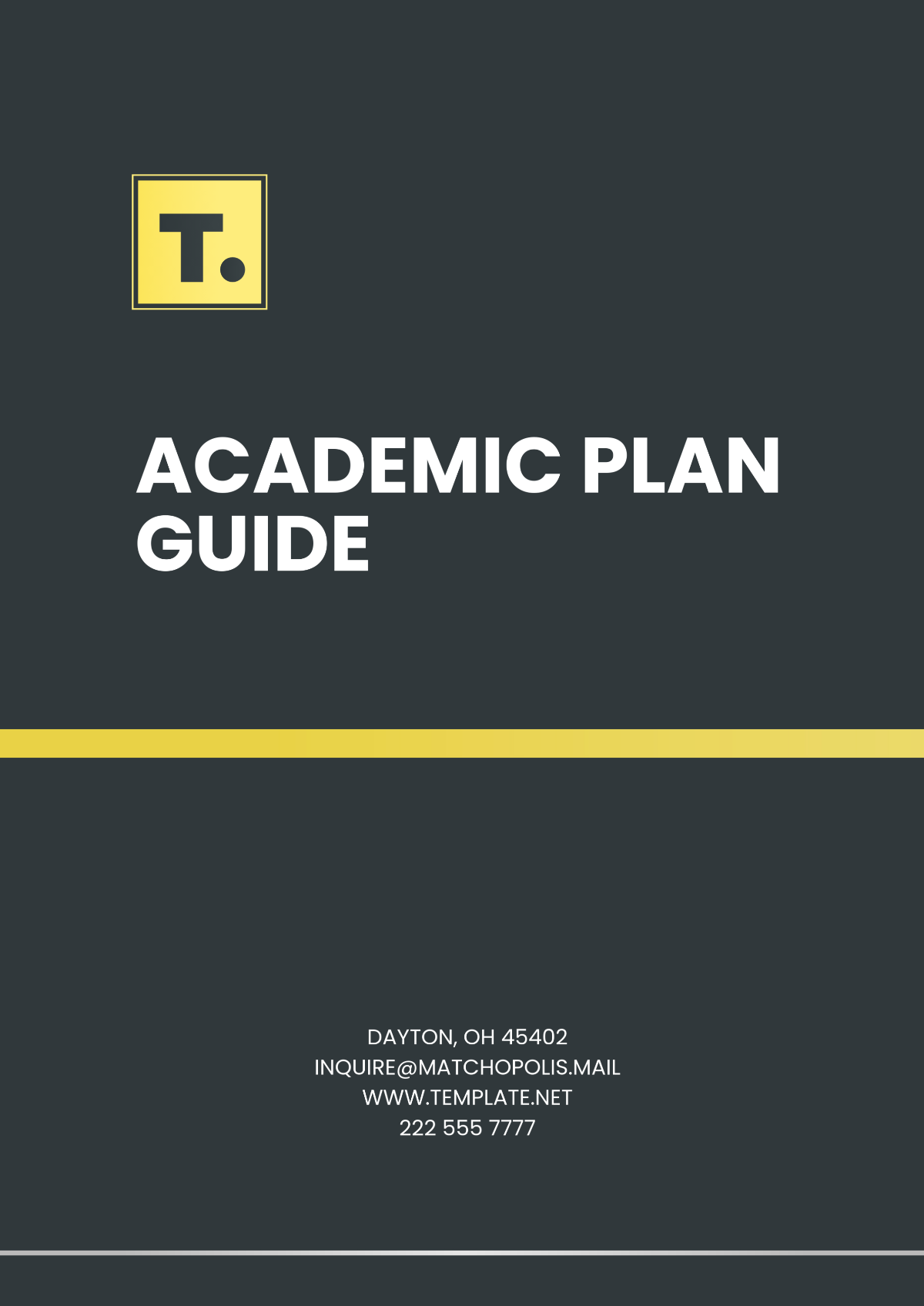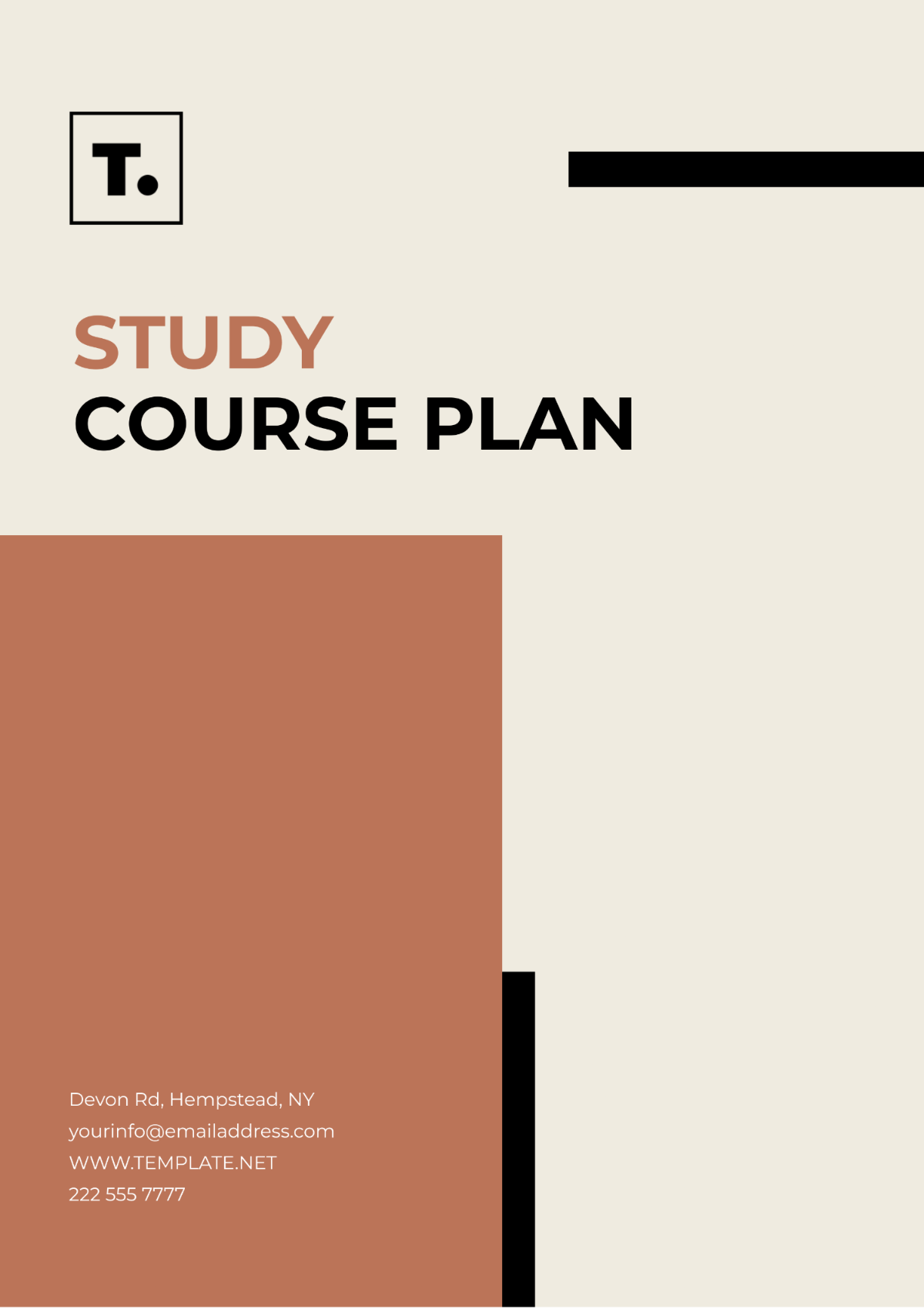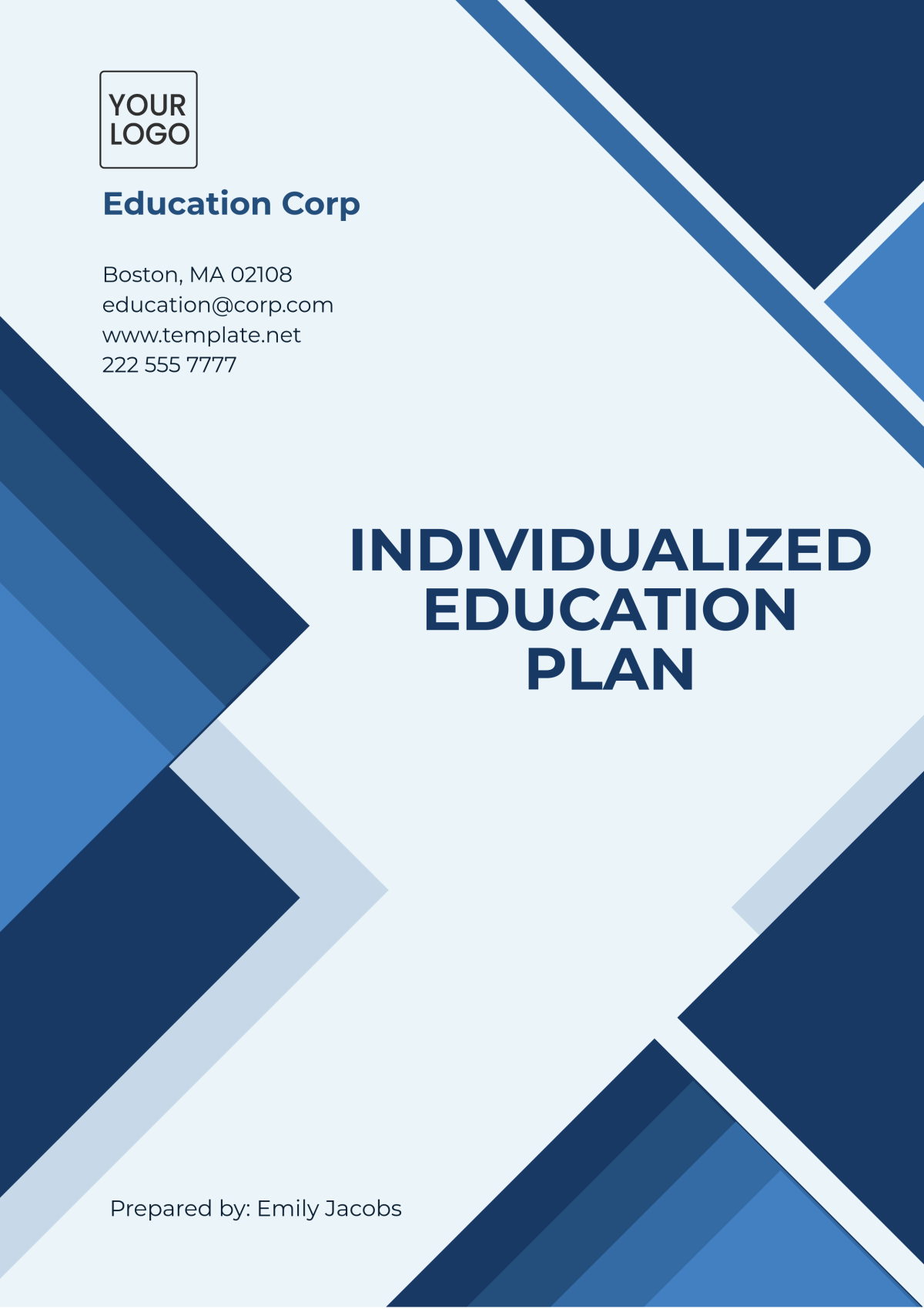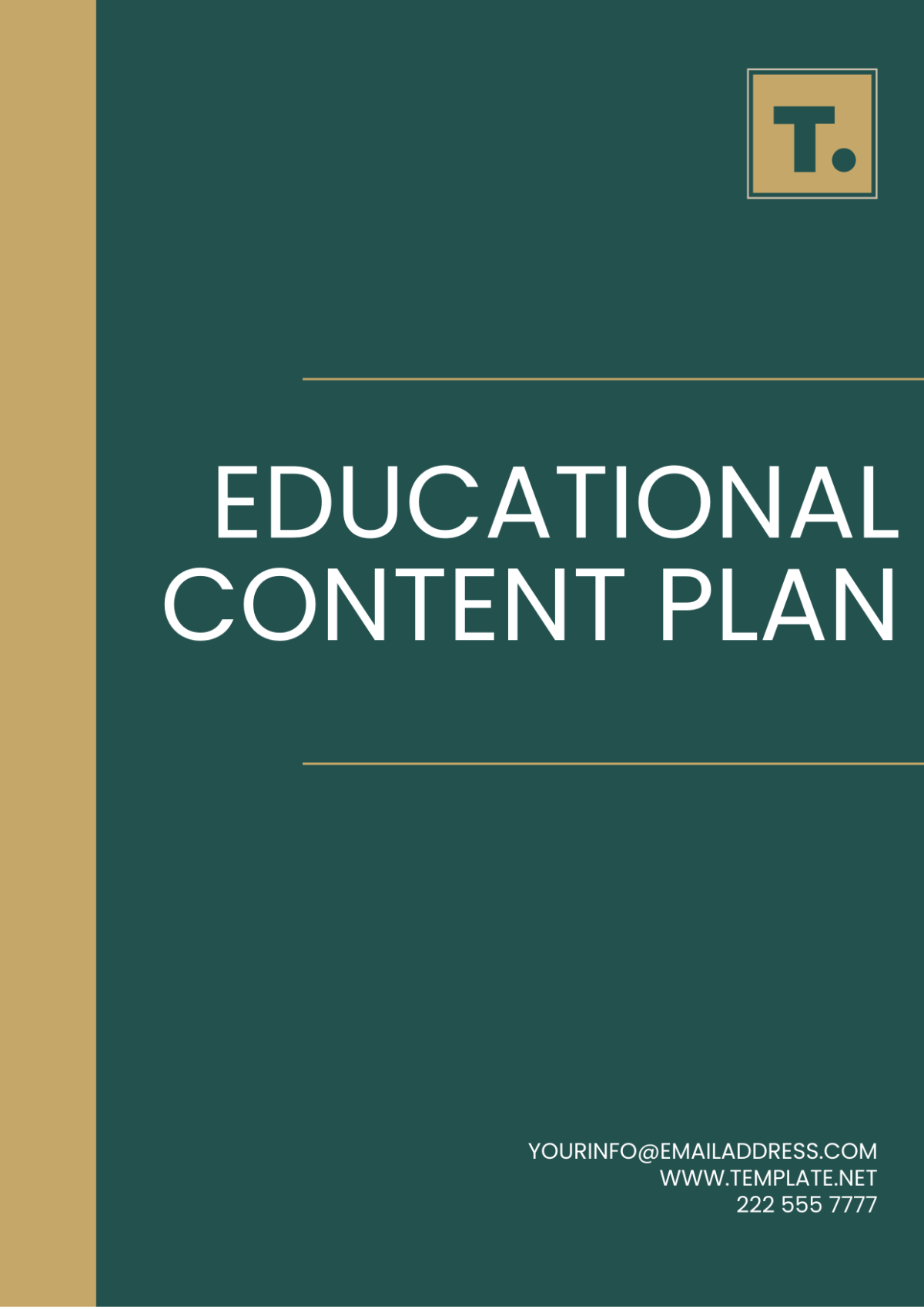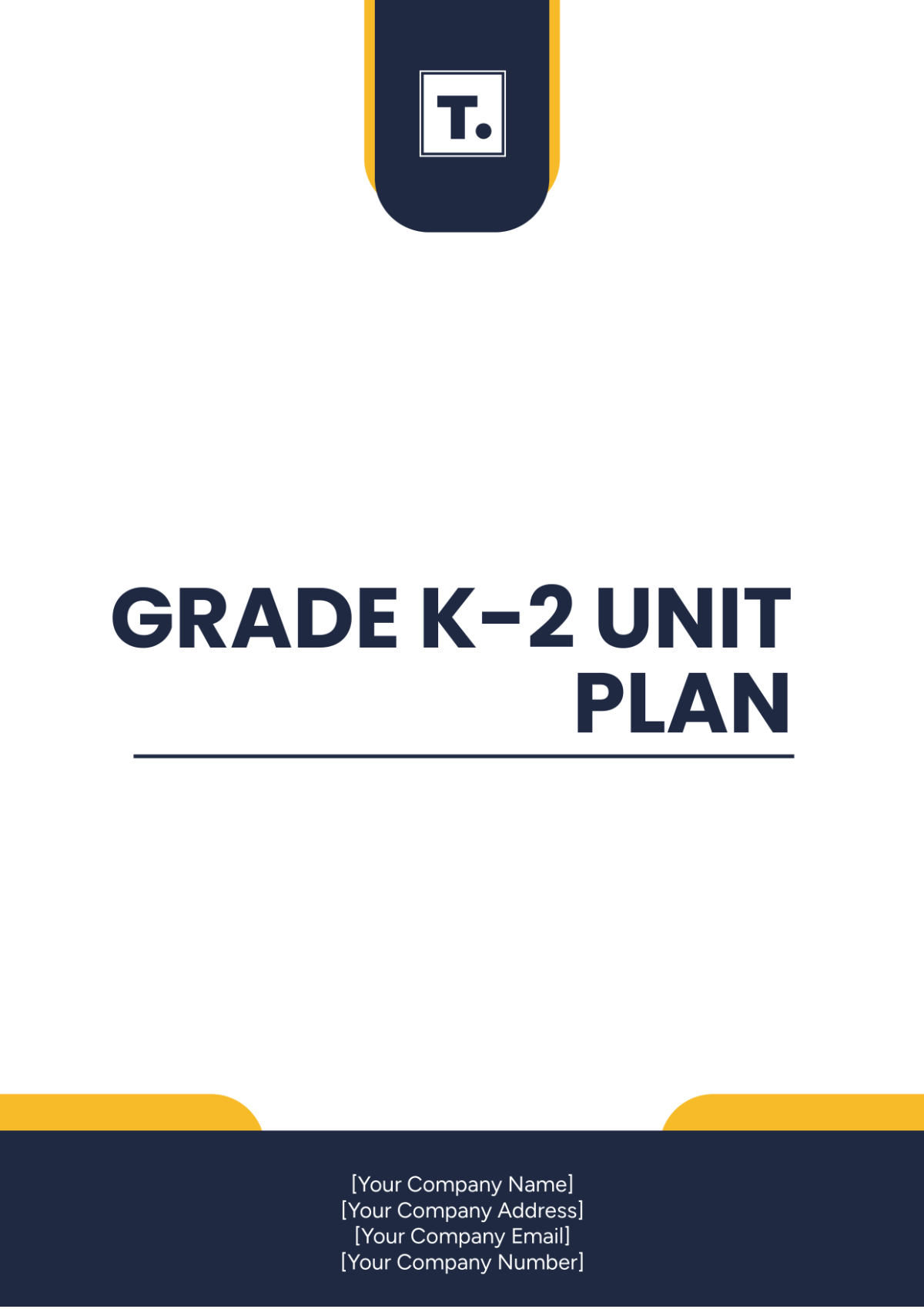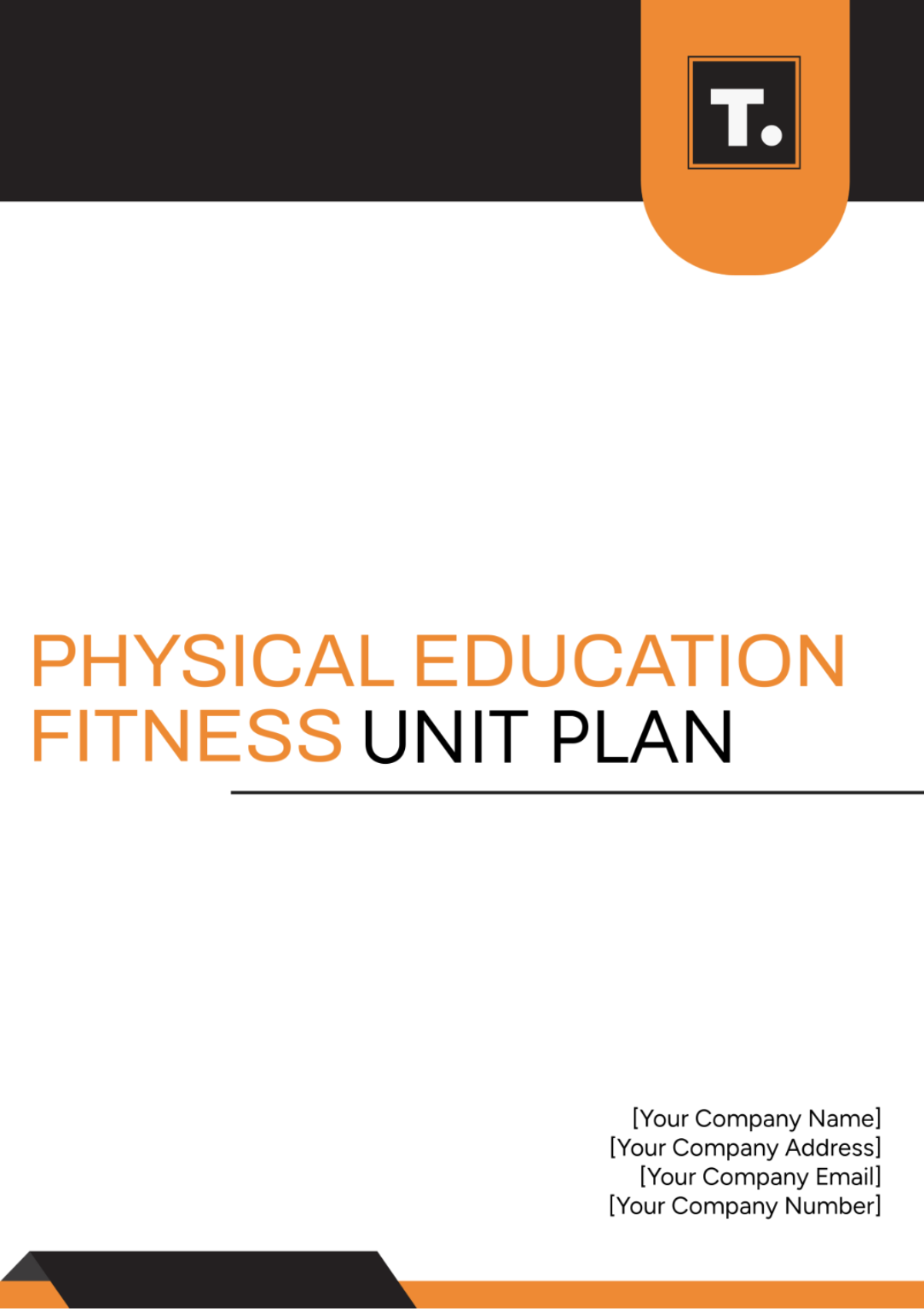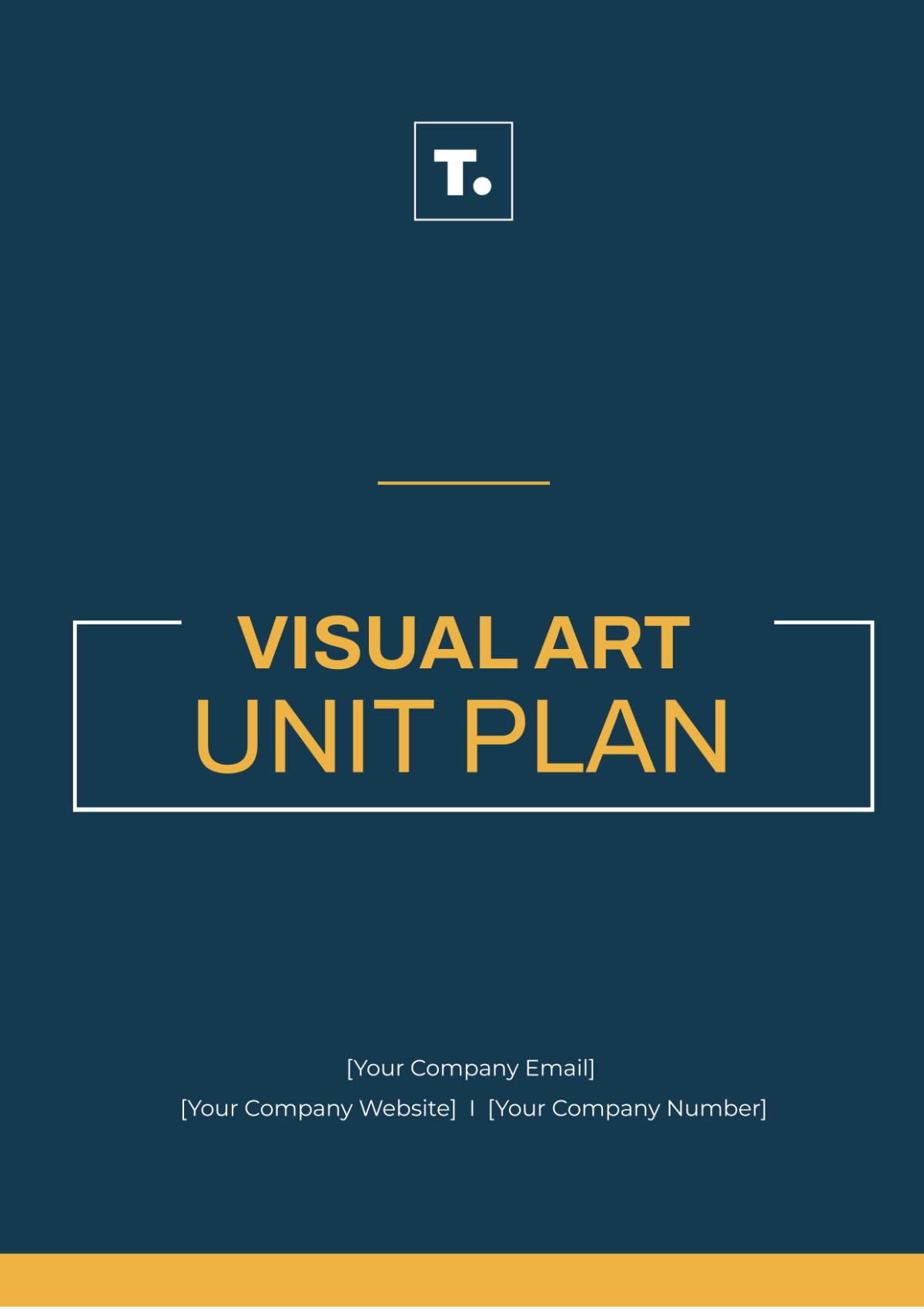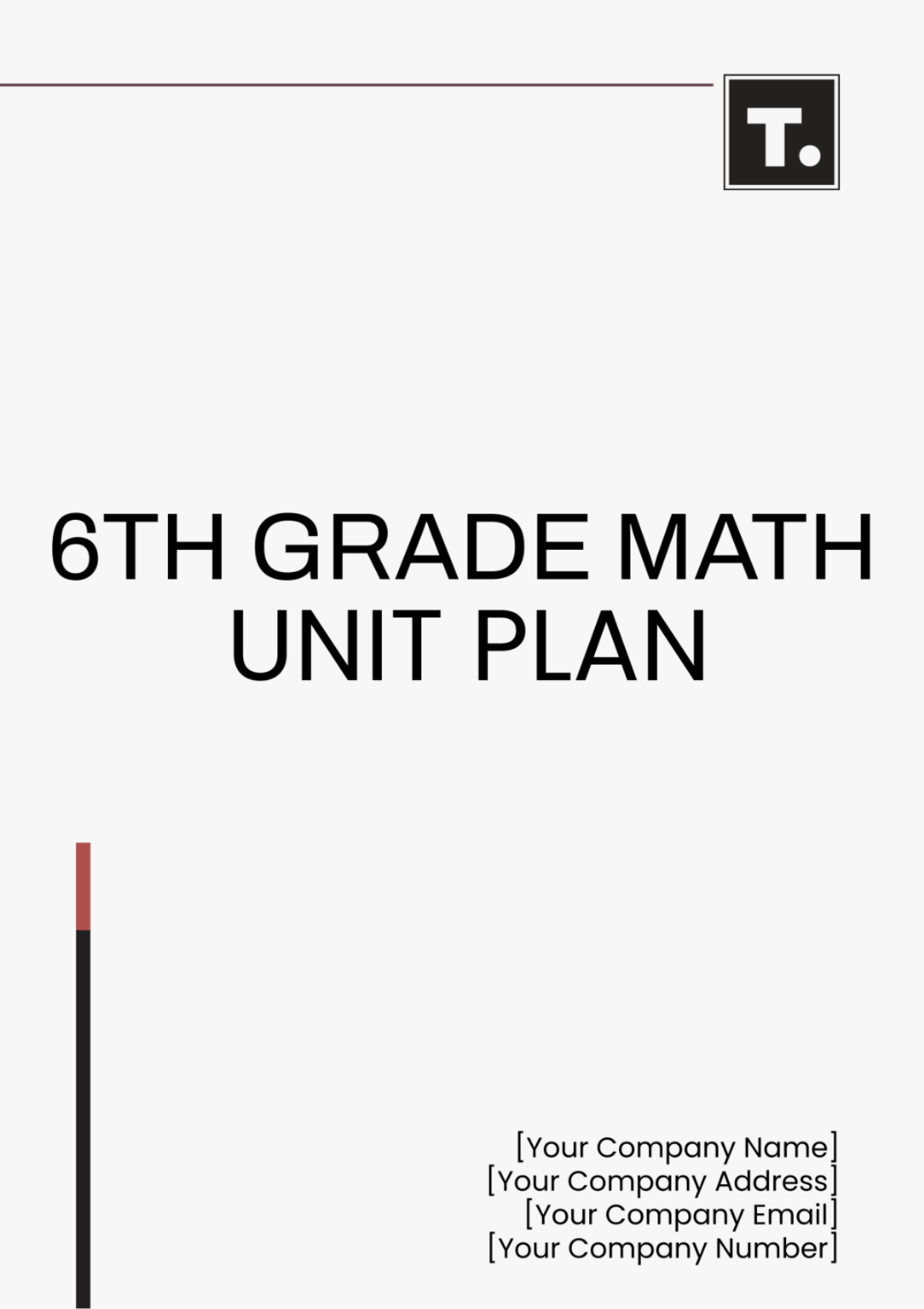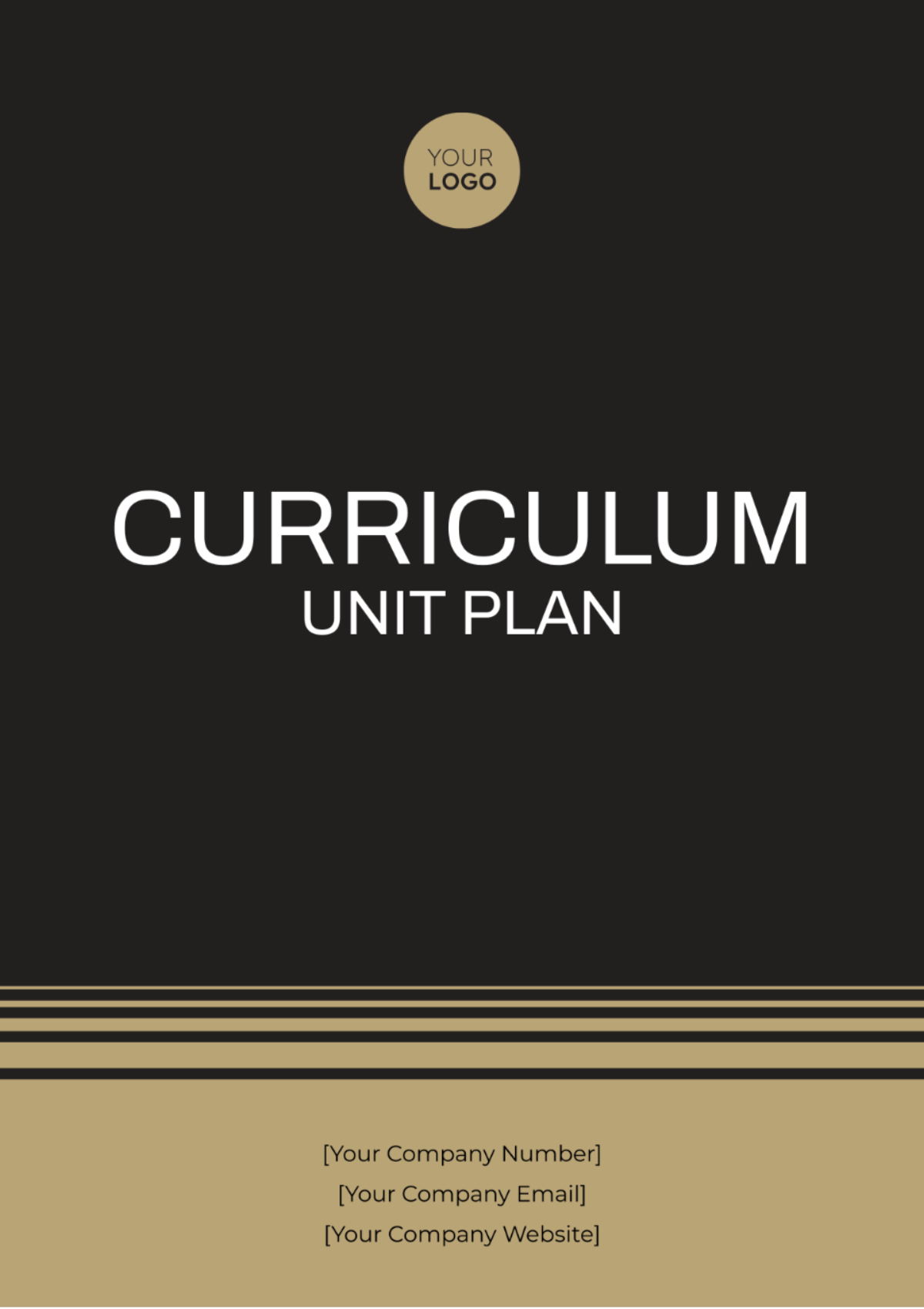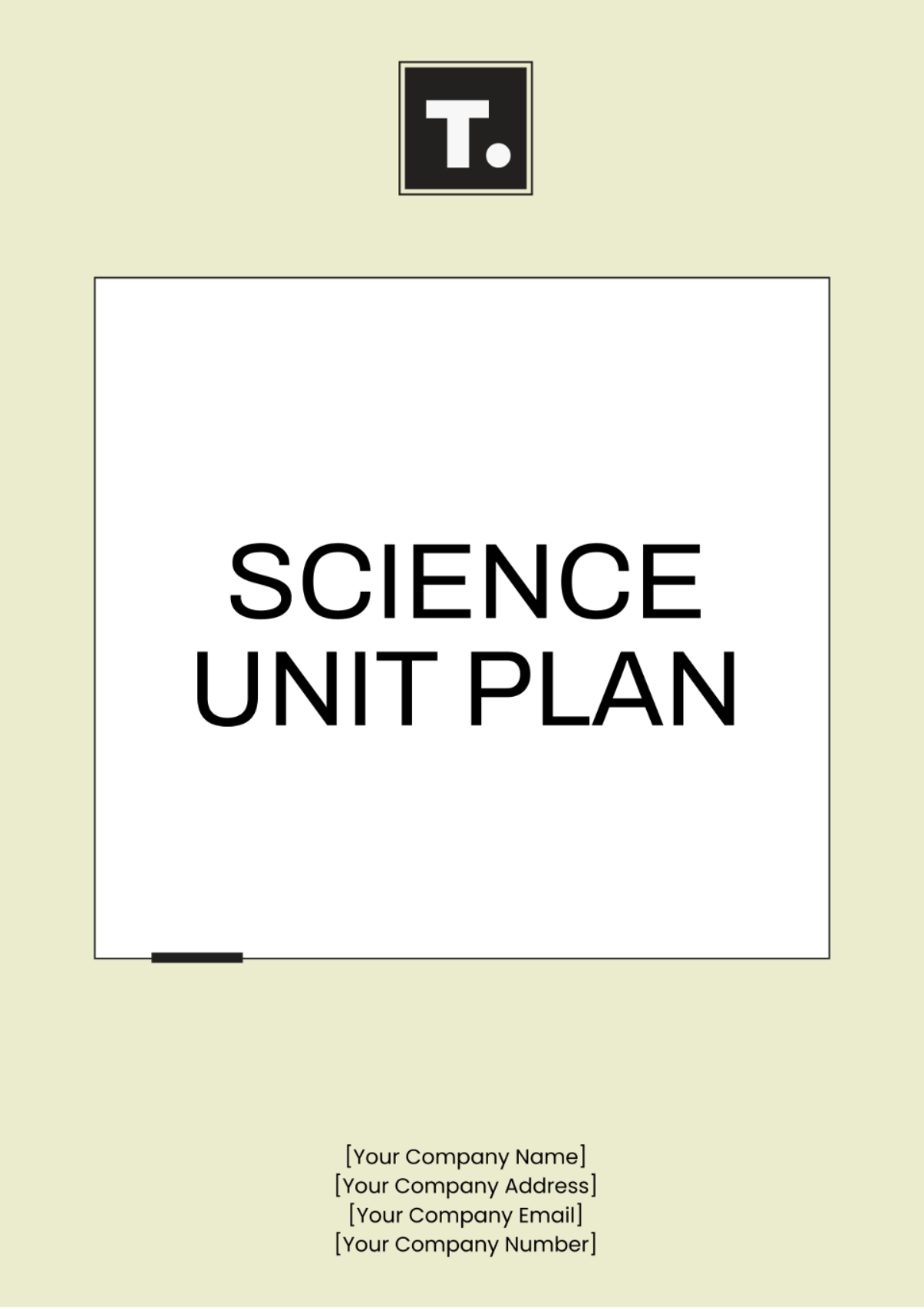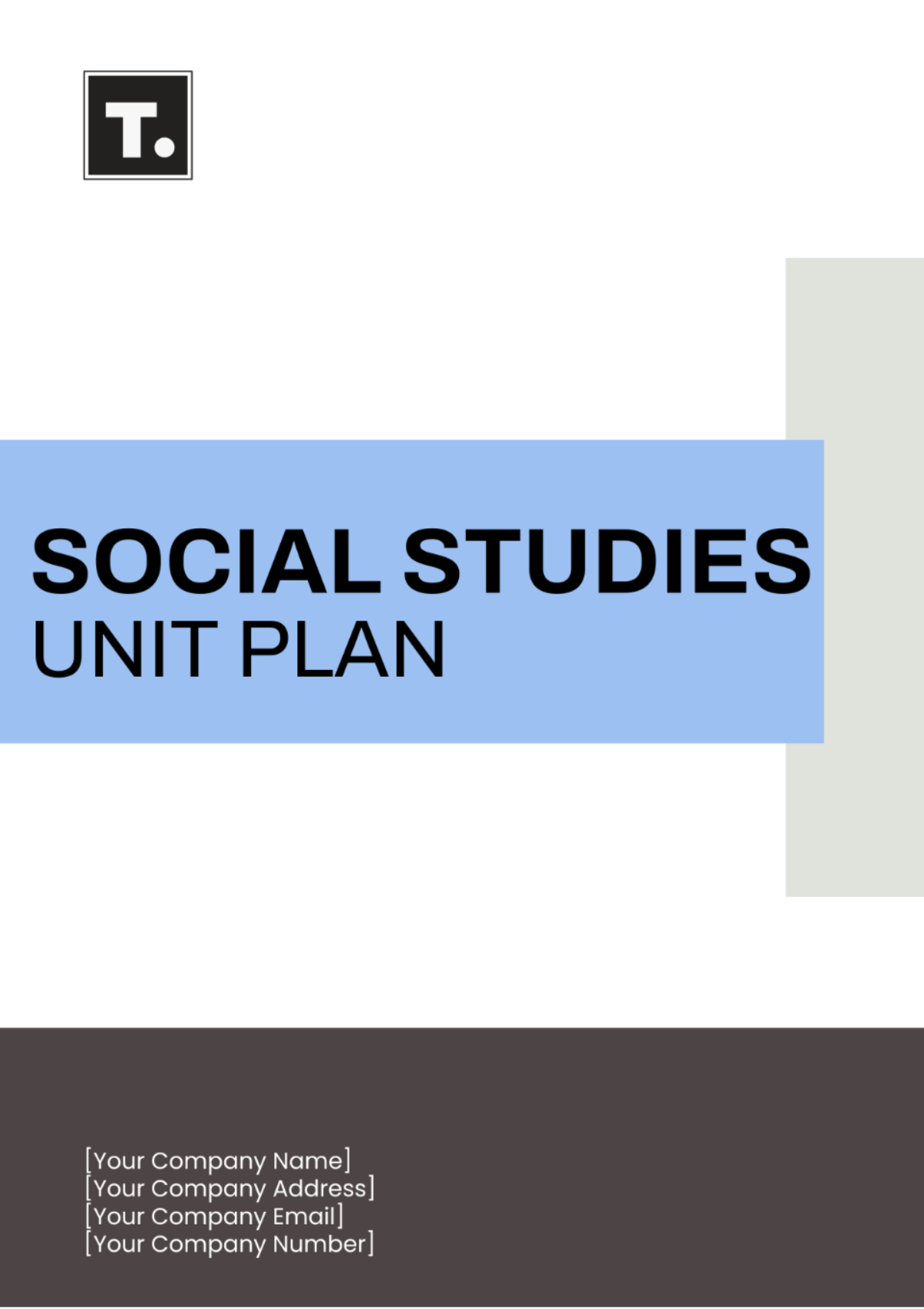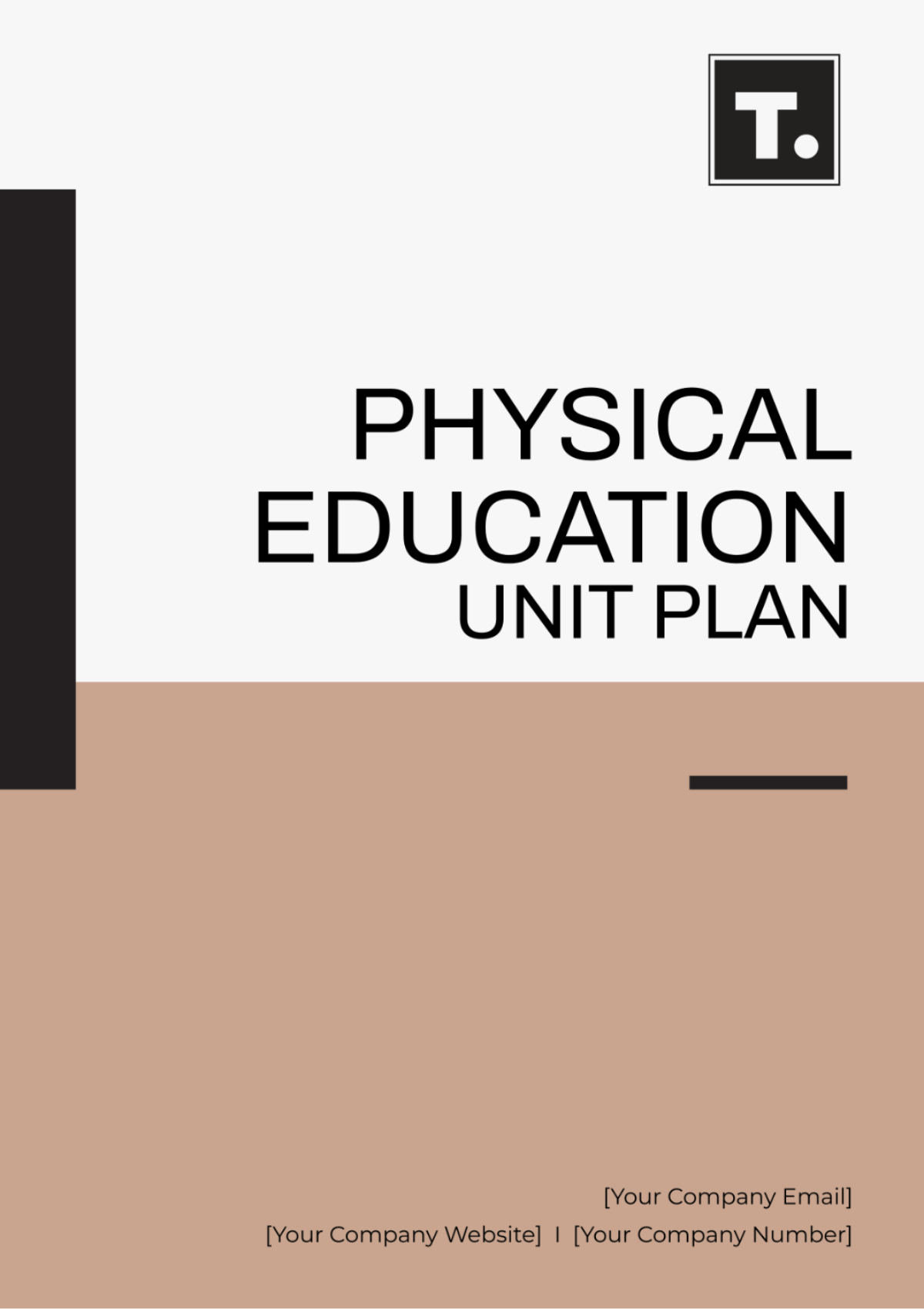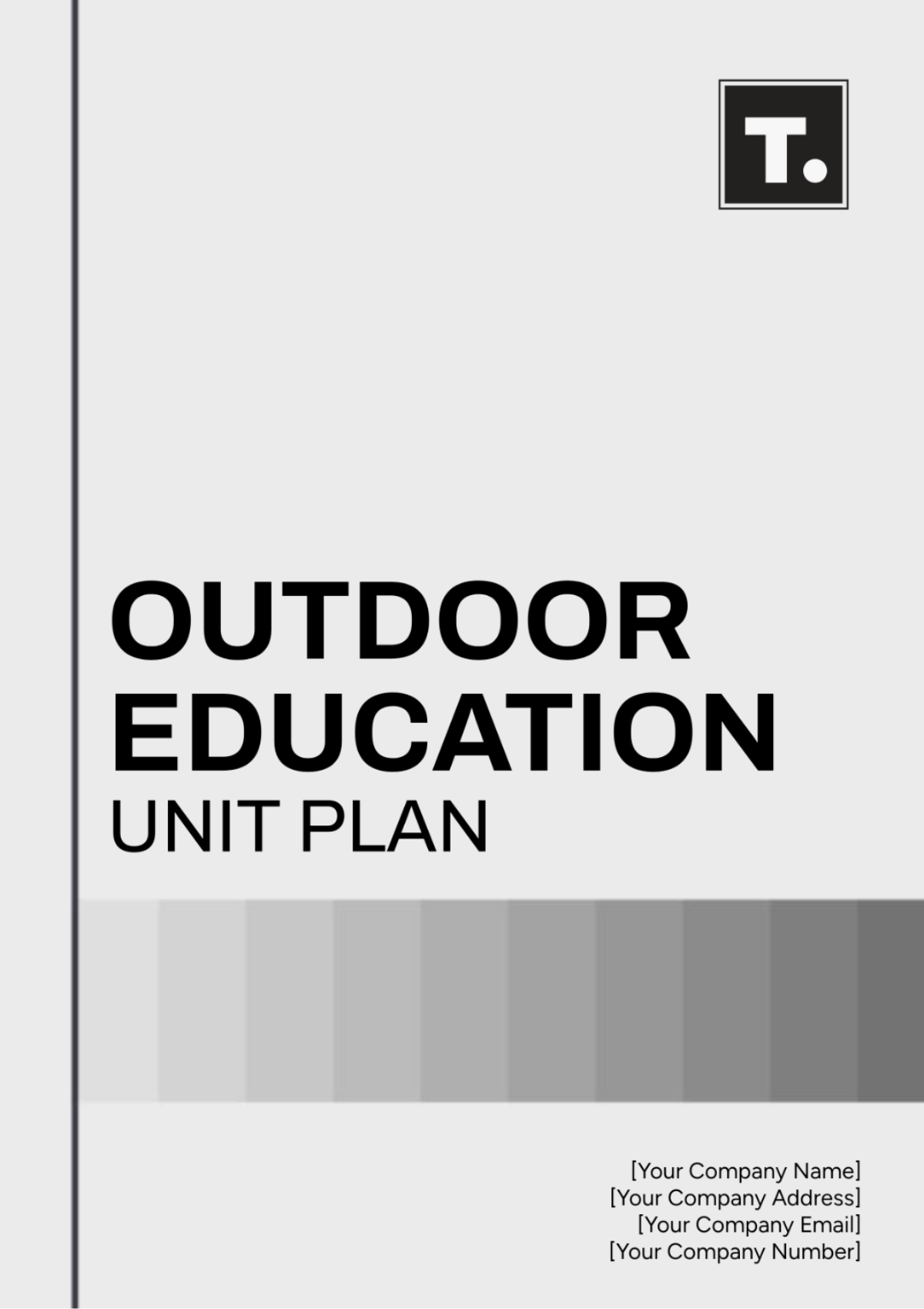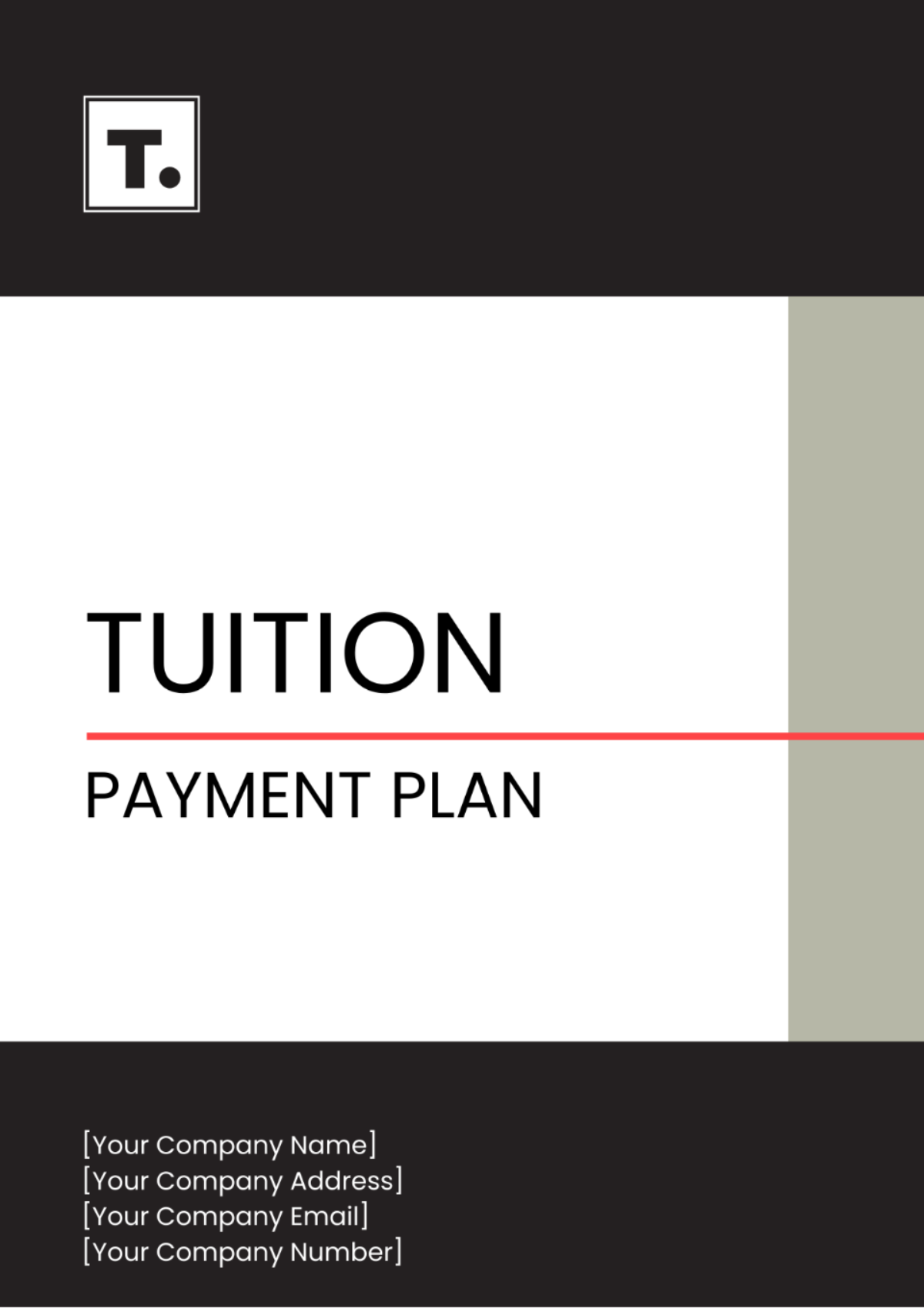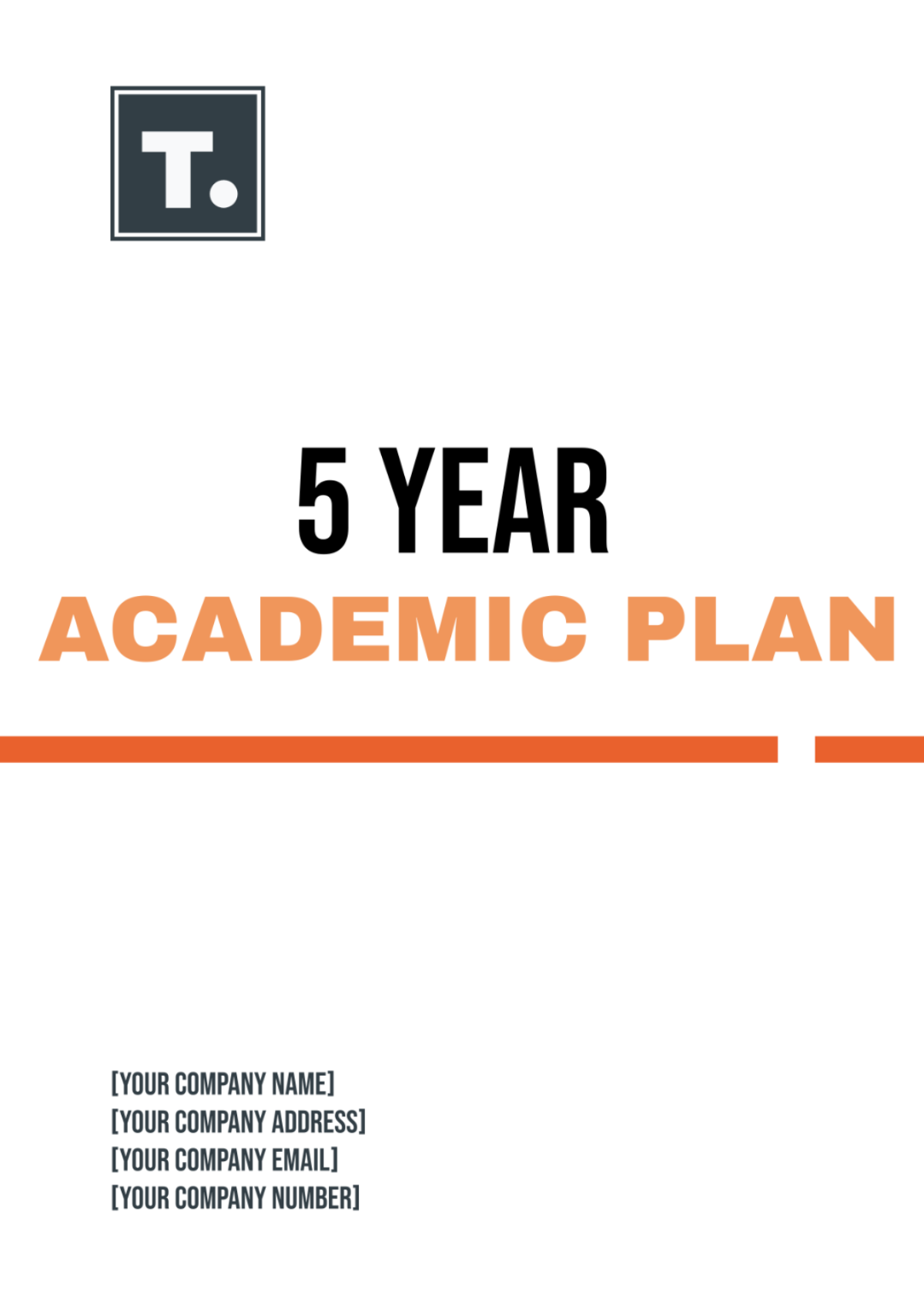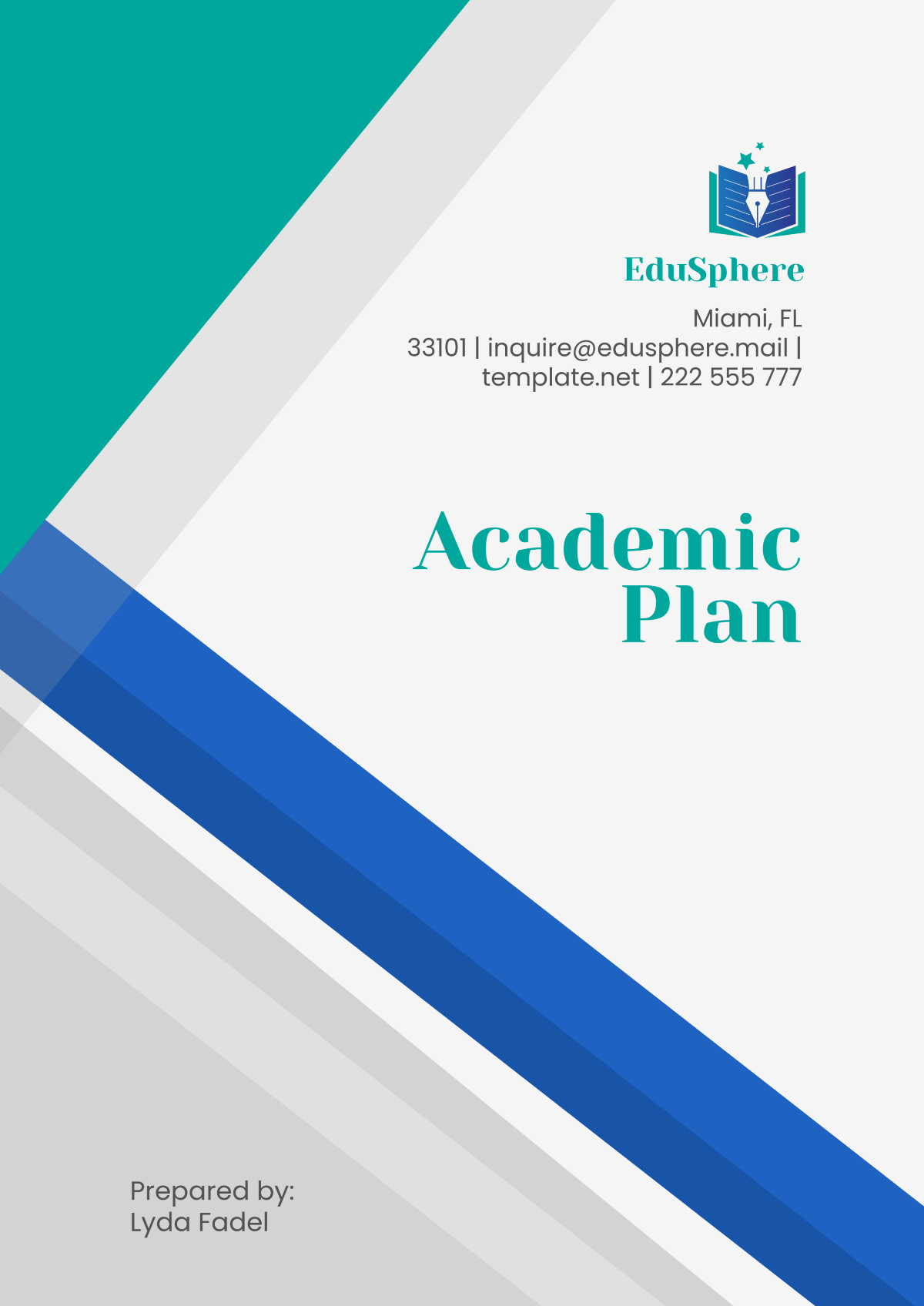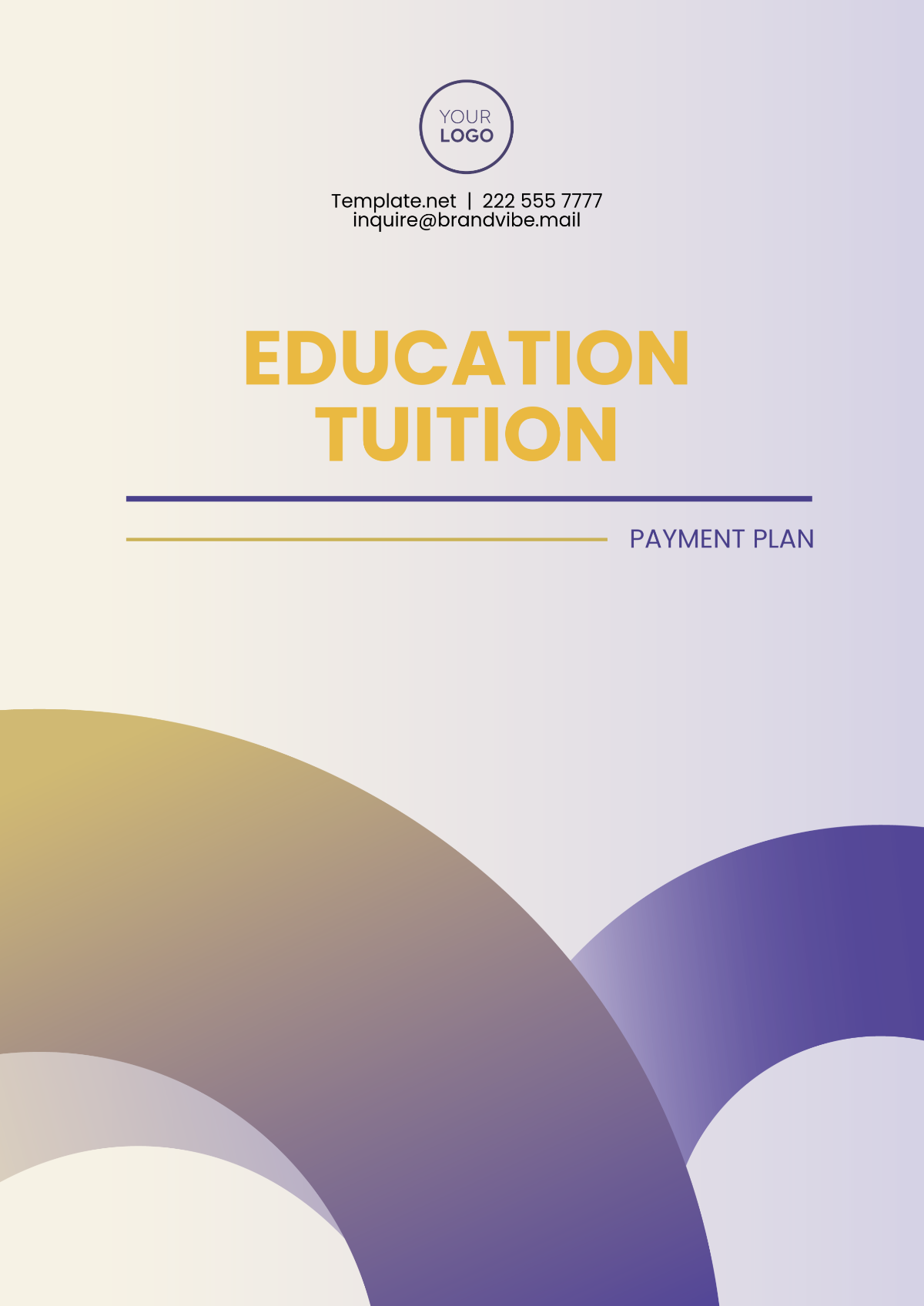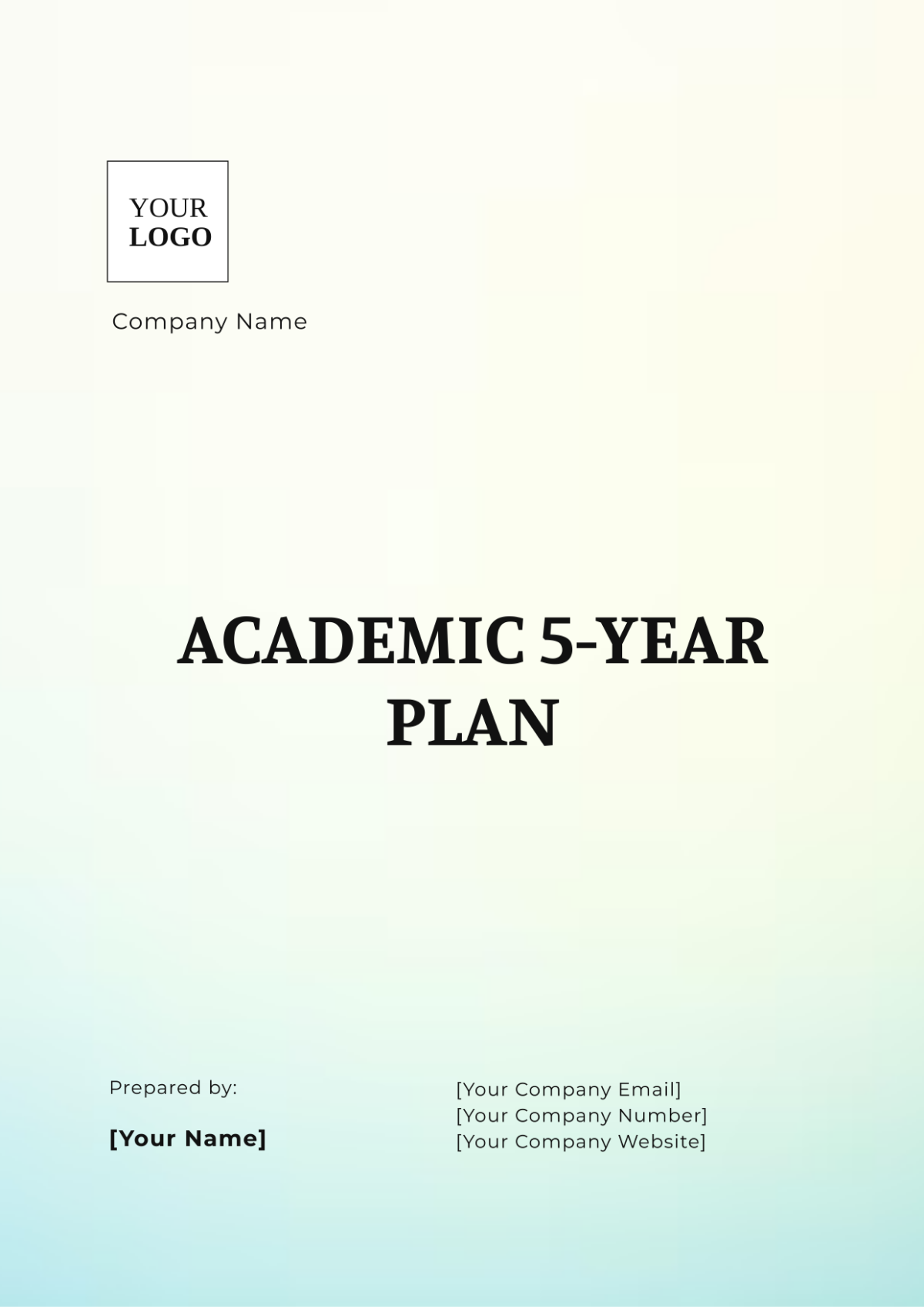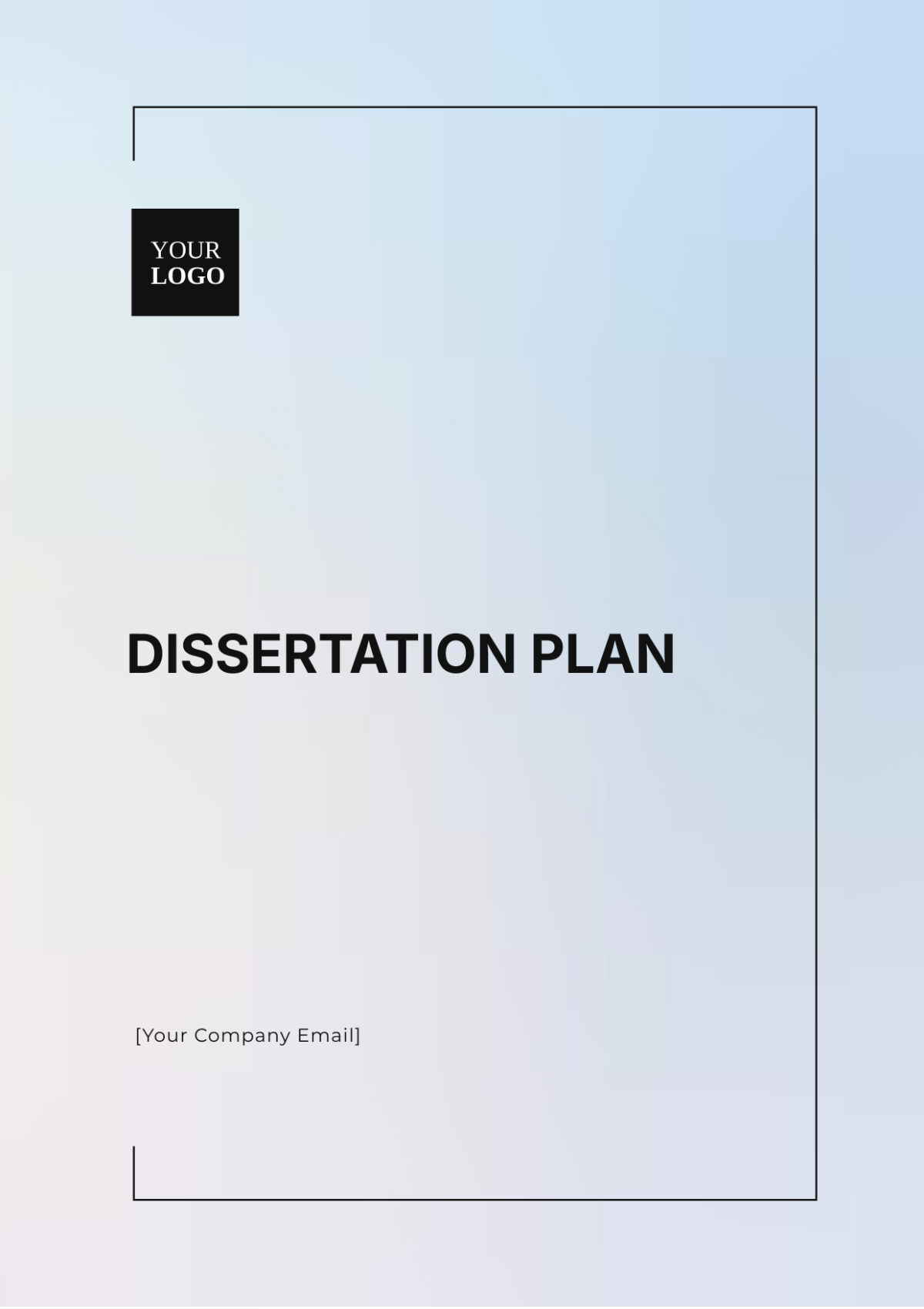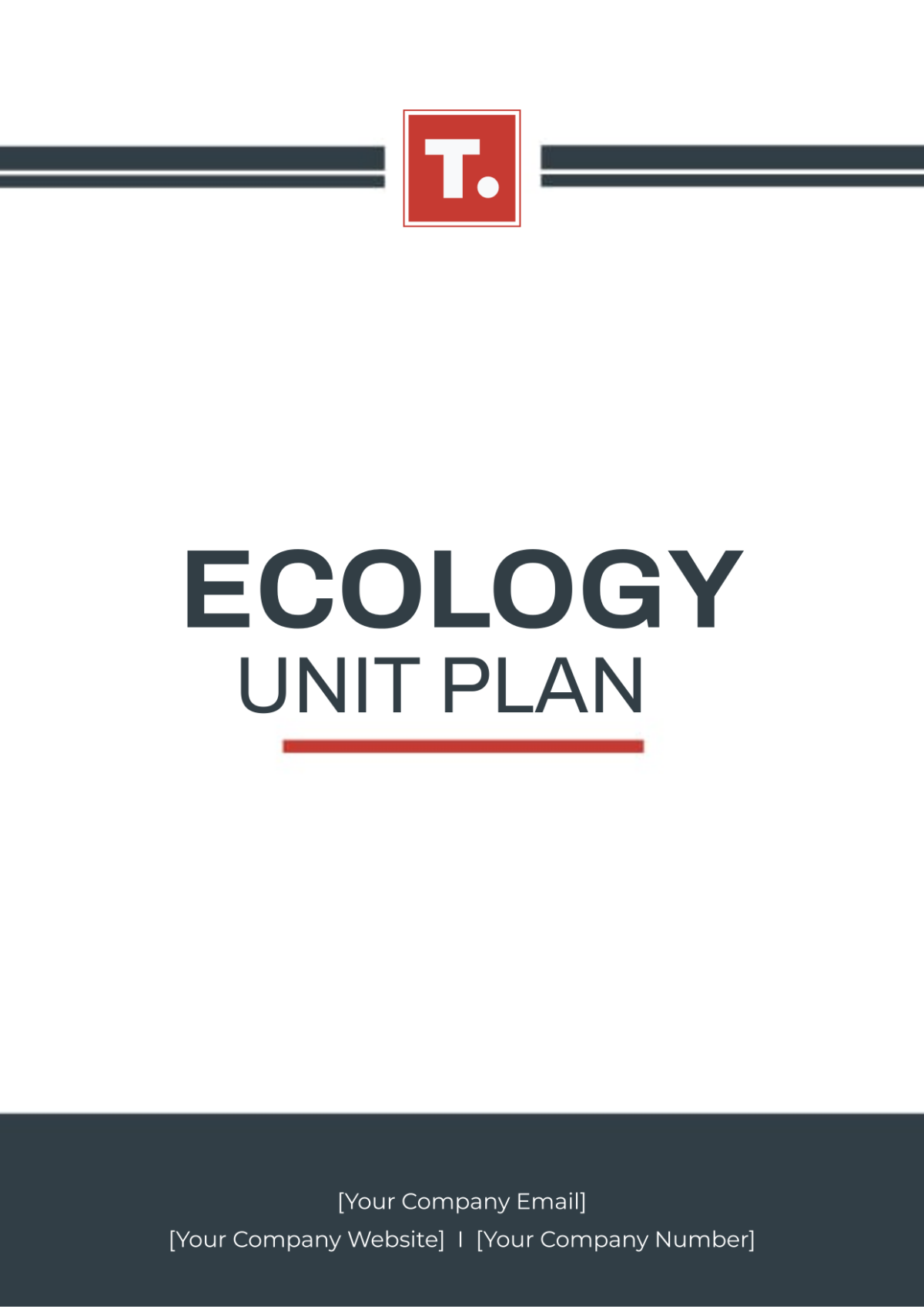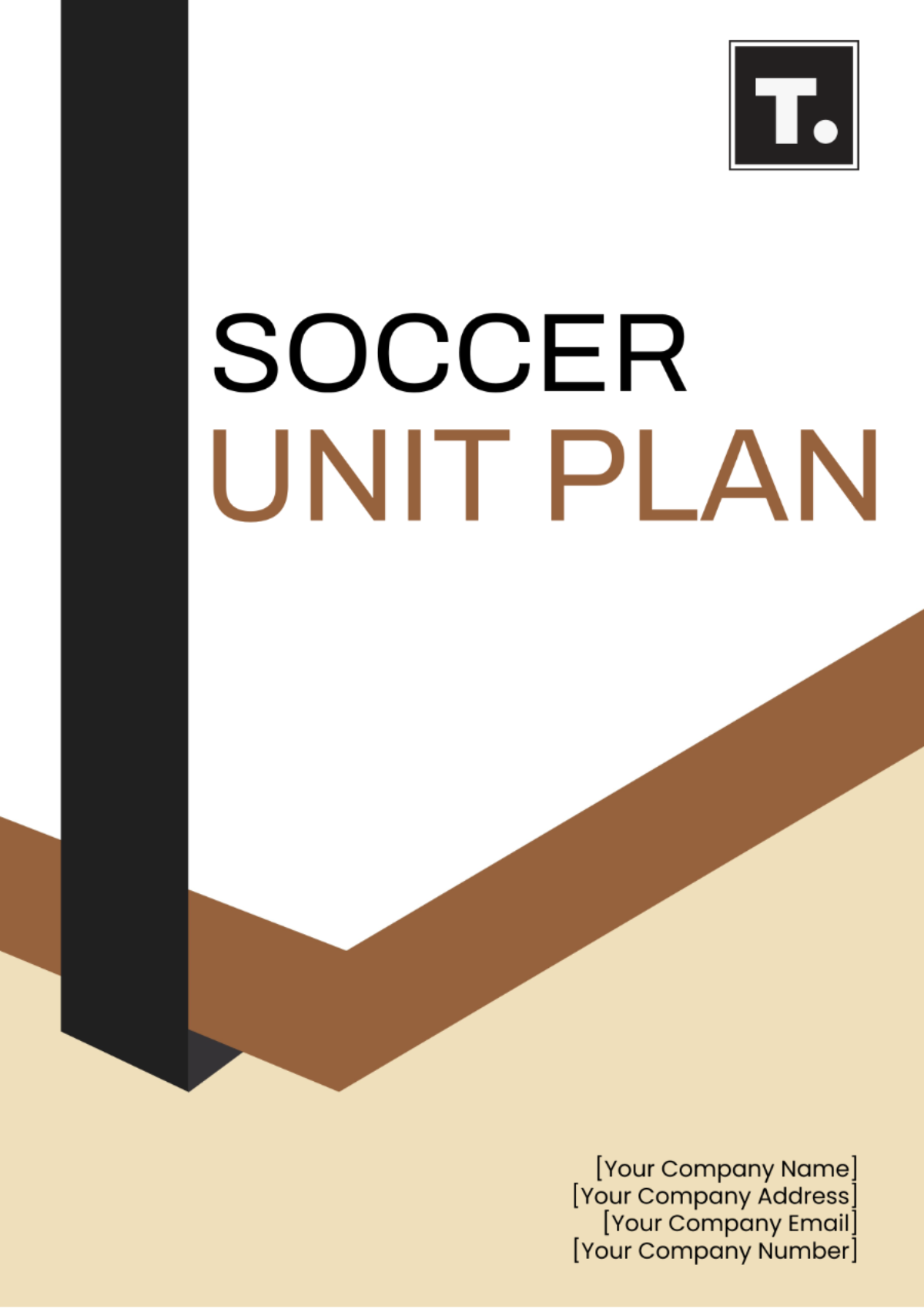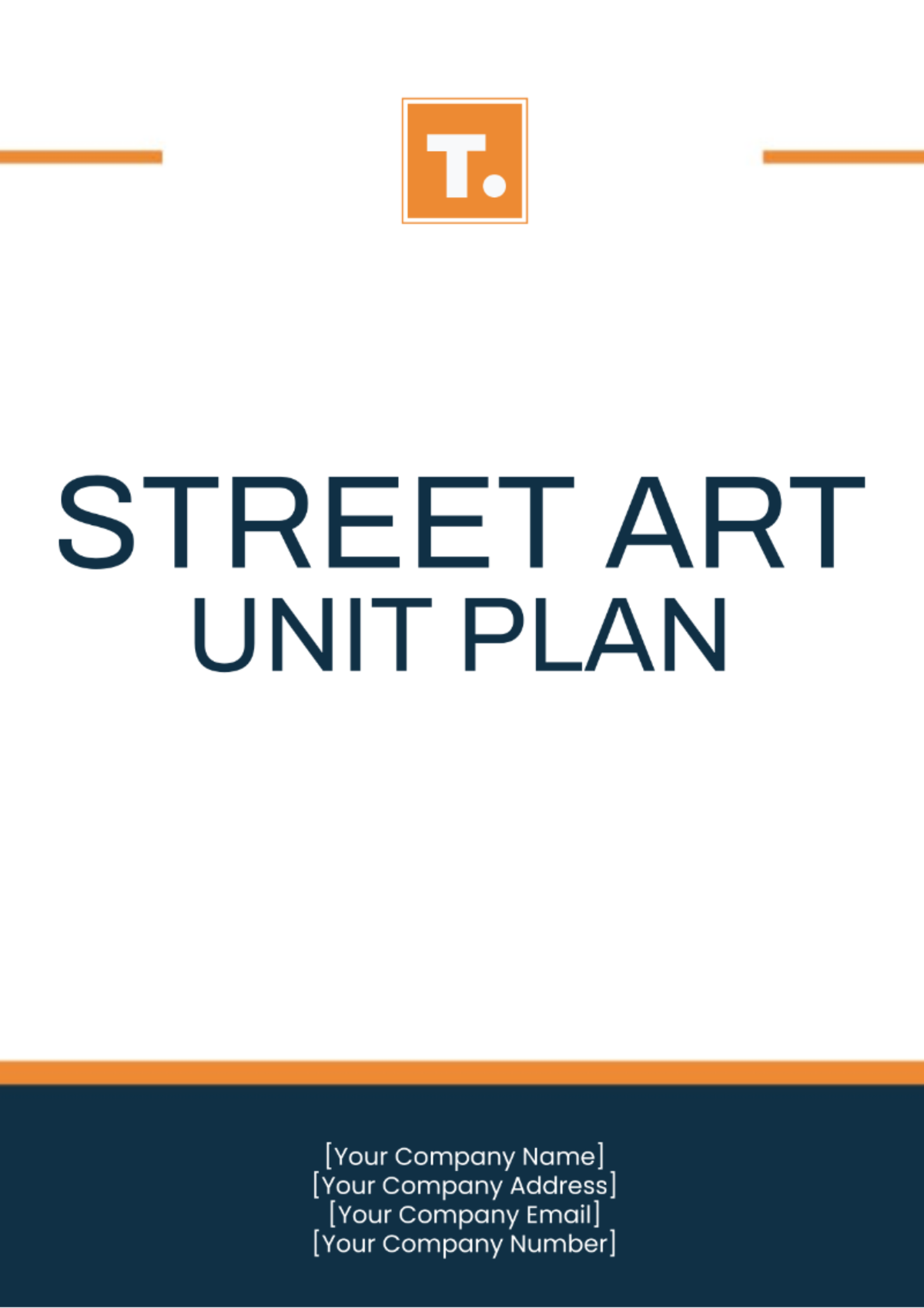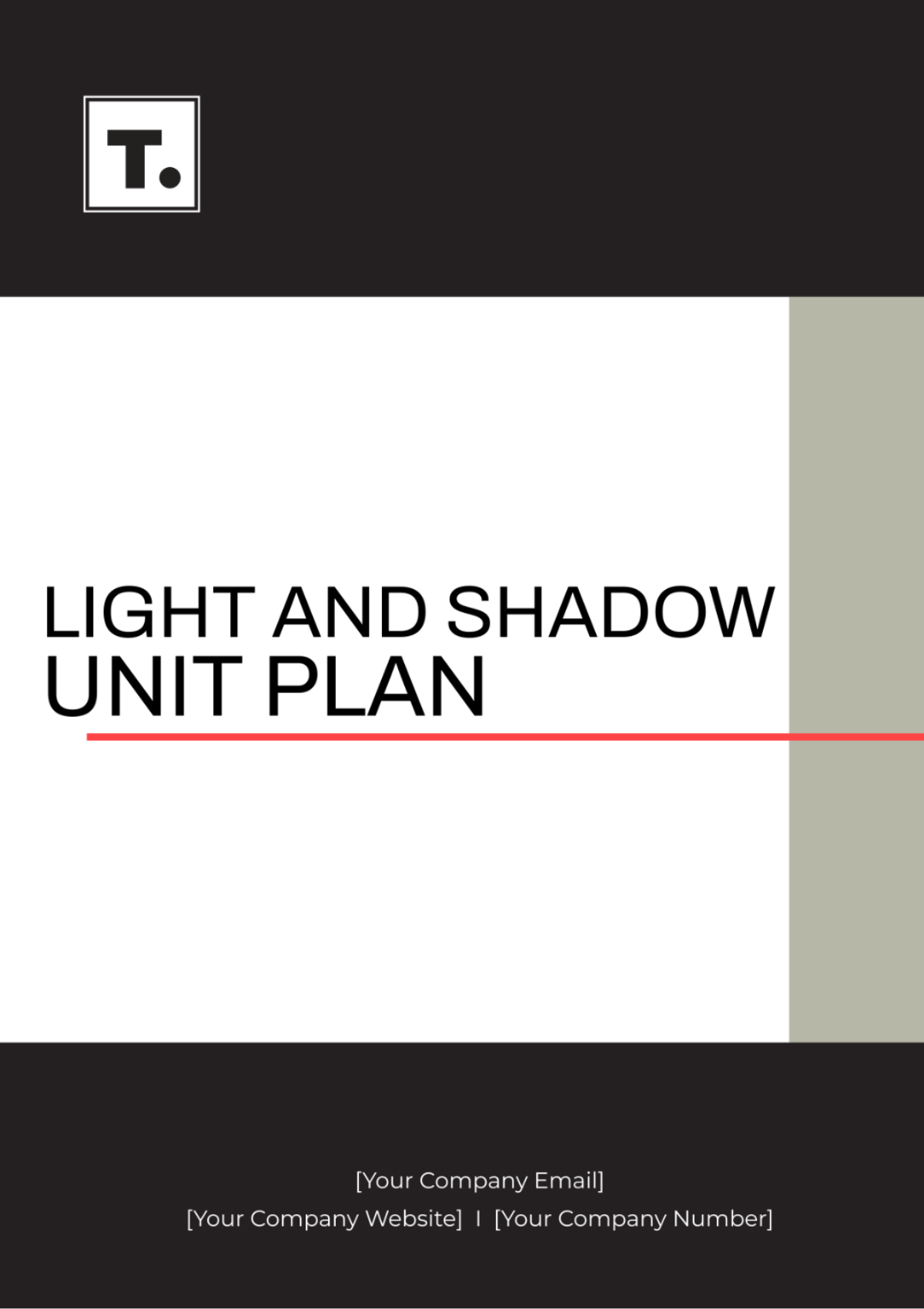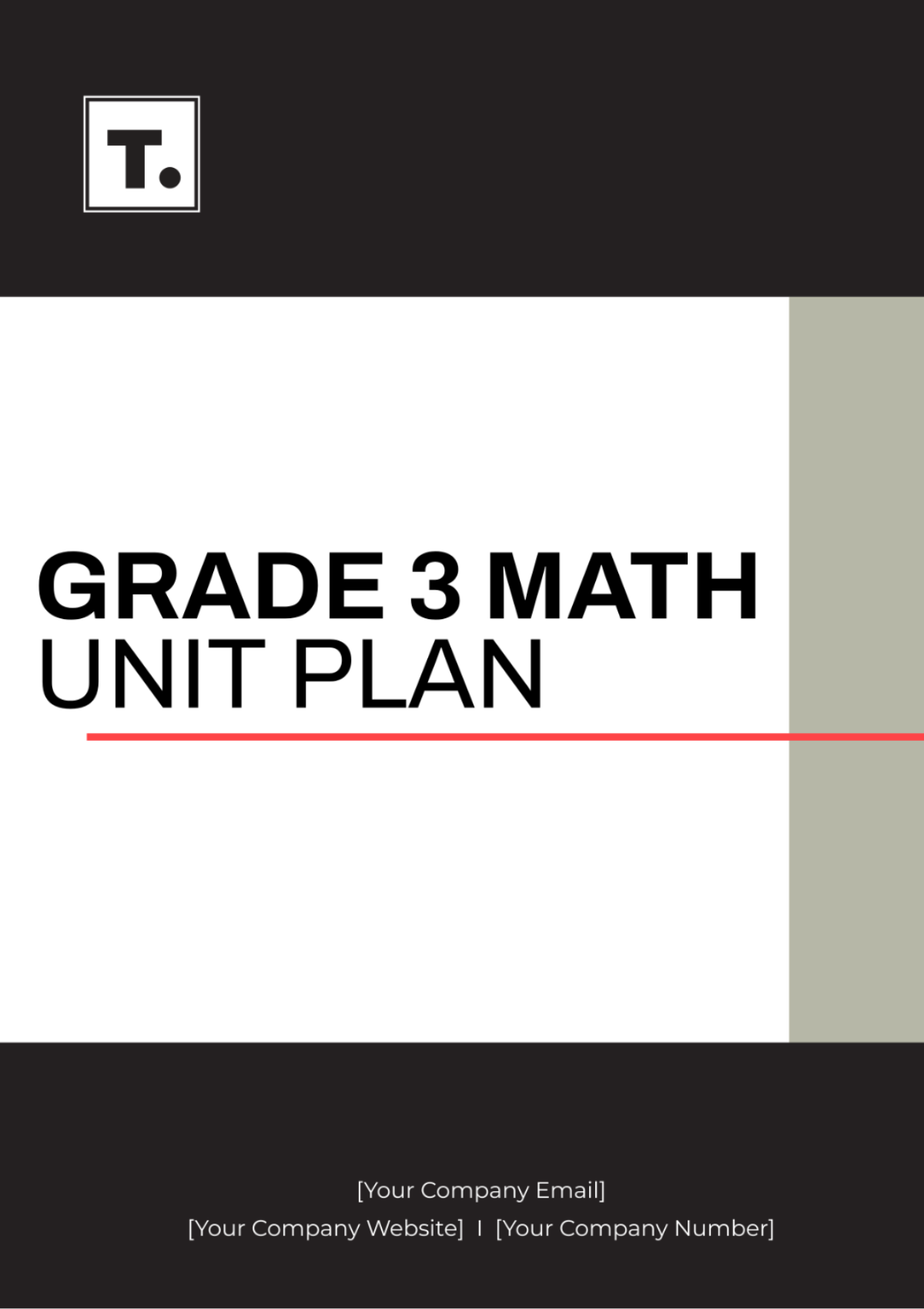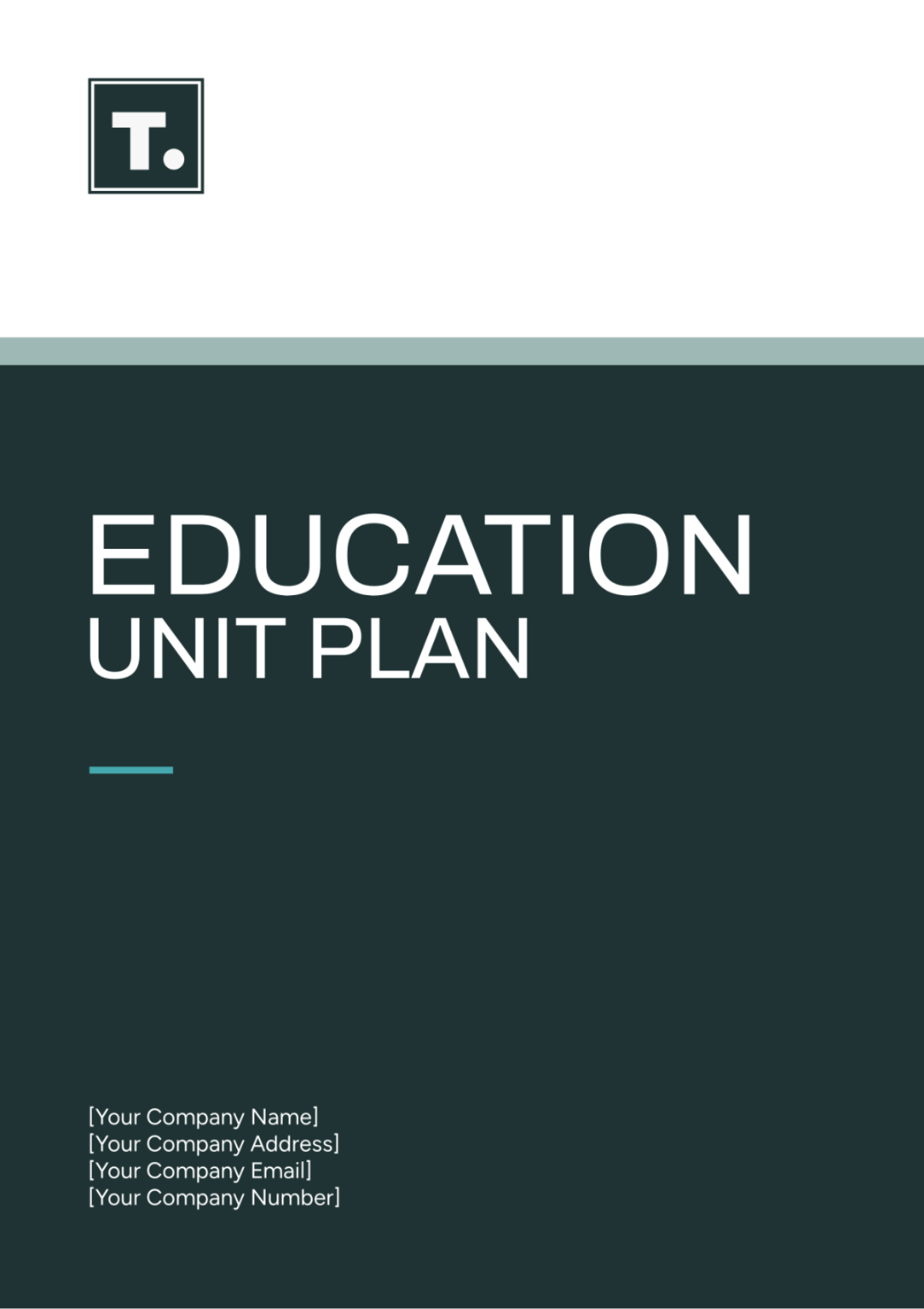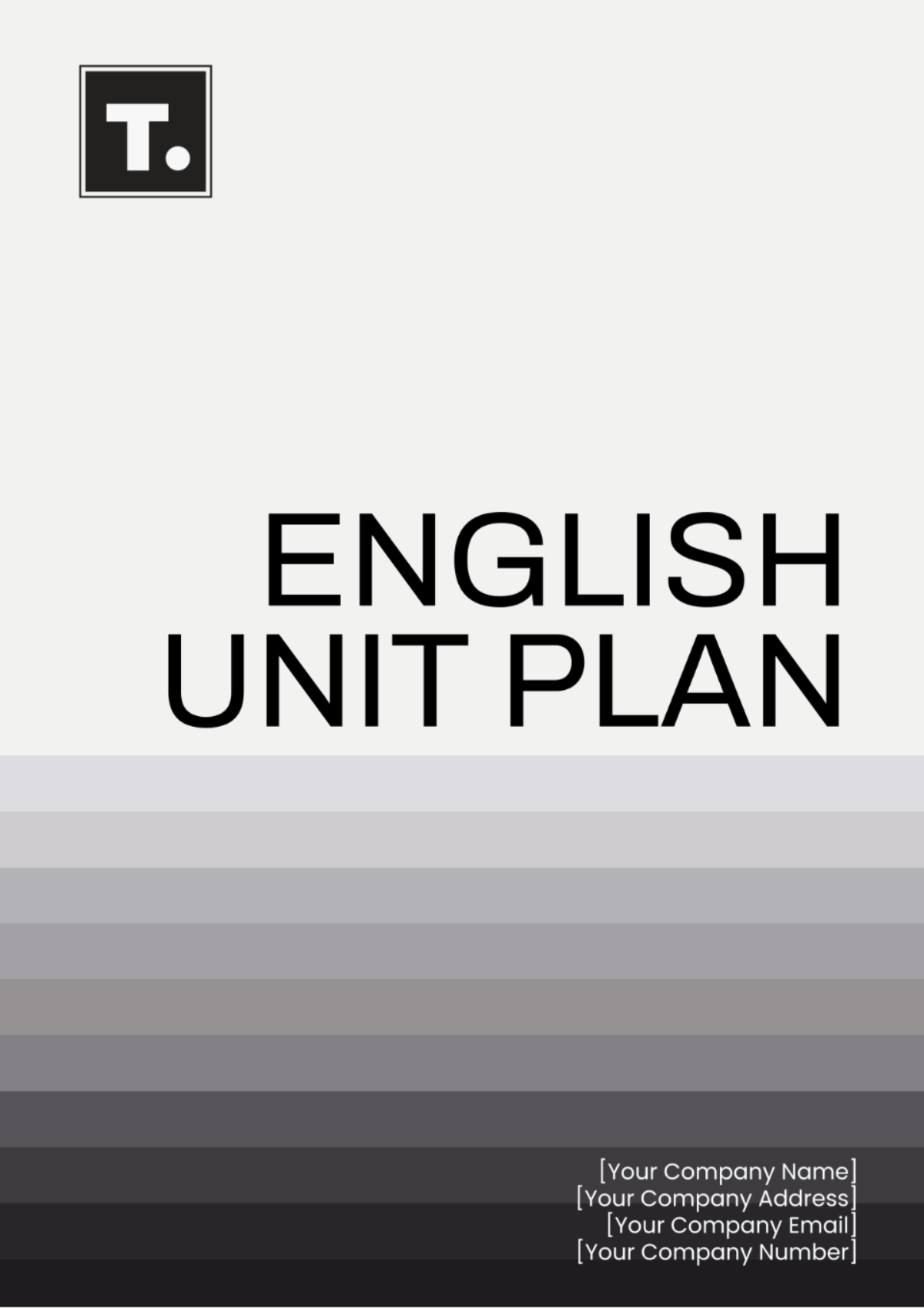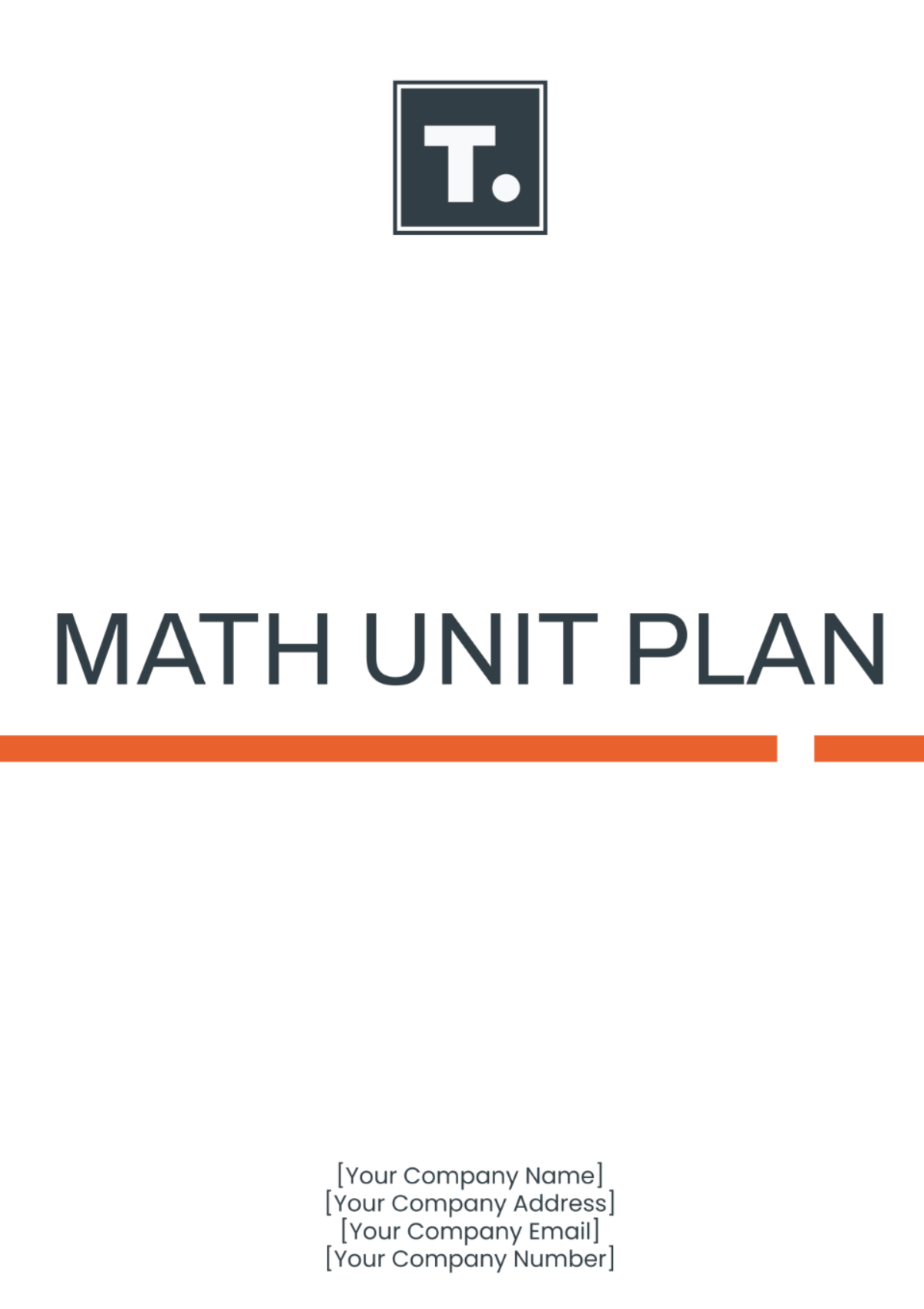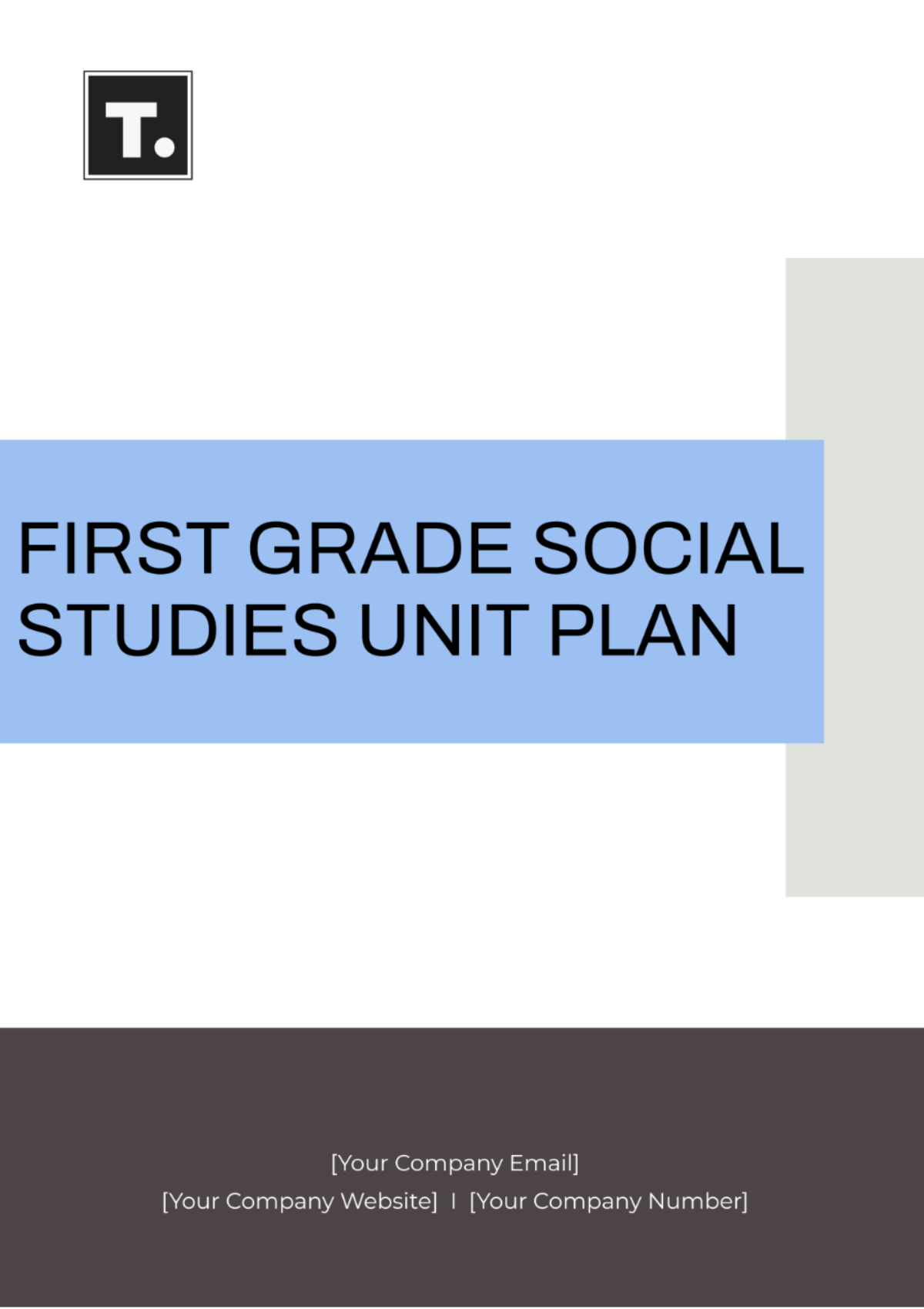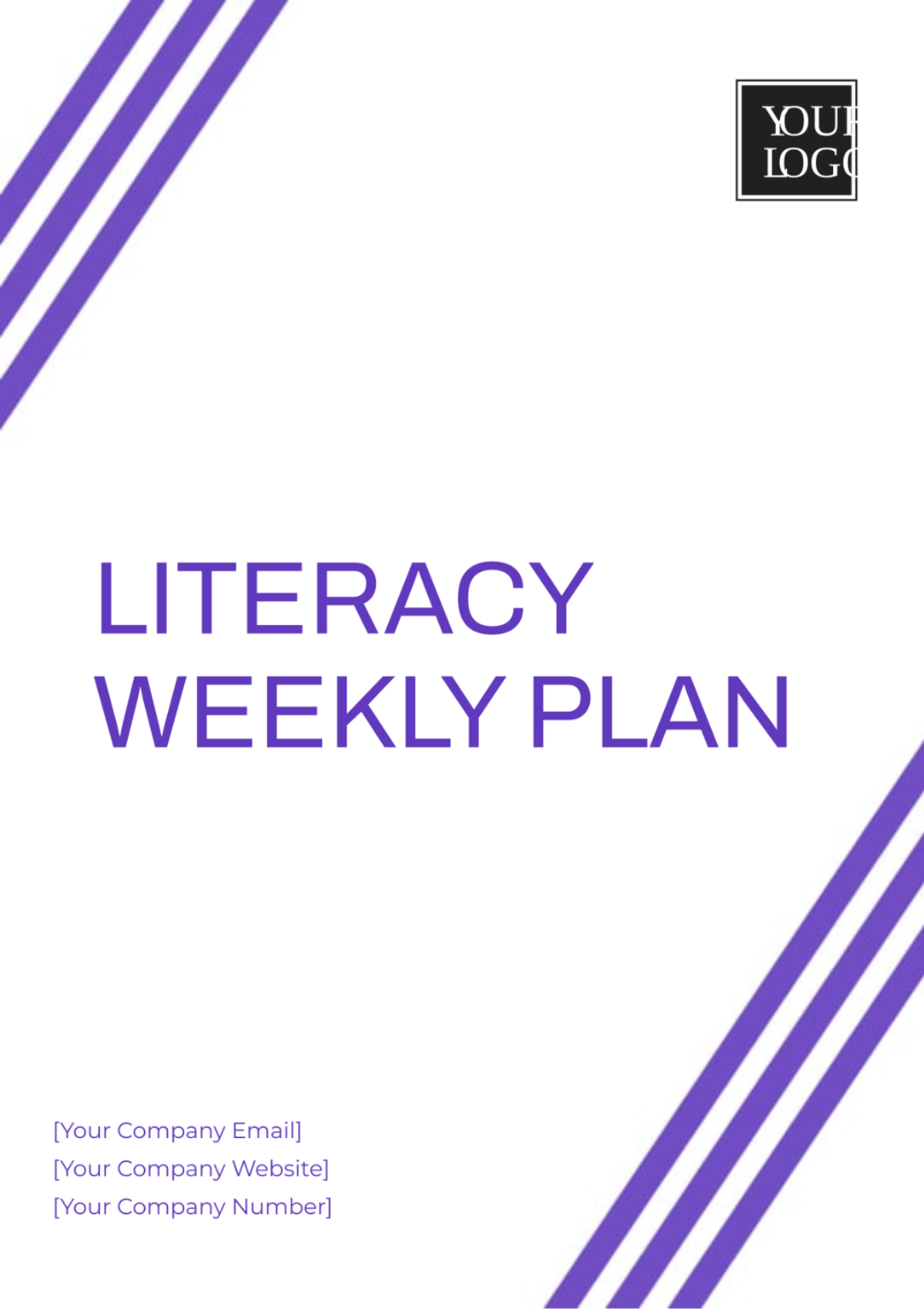Light And Shadows Unit Plan
Prepared by: [Your Name]
Subject: Science
Topic: Light and Shadows
Date: [Date]
I. Unit Overview
The Light and Shadows unit aims to engage students in the exploration of how light interacts with objects and the resulting shadows. This unit will cover the principles of light sources, reflection, absorption, and the formation of shadows. The unit is designed to align with relevant state and national science standards and employs a variety of instructional strategies to support diverse learners.
II. Learning Objectives
Understand the sources of light and how light travels.
Explain the concepts of reflection and absorption of light.
Analyze how shadows are formed and how their size and shape can change.
Conduct experiments to observe and record findings related to light and shadows.
Develop critical thinking and problem-solving skills through hands-on activities.
III. Standards Alignment
This unit aligns with the following standards:
NGSS 1-PS4-2: Make observations to construct an evidence-based account that objects in darkness can be seen only when illuminated. Students will apply this by investigating how different surfaces reflect or absorb light.
NGSS 1-PS4-3: Plan and conduct investigations to determine the effect of placing objects made with different materials in the path of a beam of light. This standard will be met through experiments exploring materials' transparency and opacity.
CCSS.ELA-LITERACY.RI.1.1: Encourage students to pose and answer questions about key details in a text. Students will critically analyze scientific texts to extract relevant information.
IV. Essential Questions
What are the different sources of light?
How does light travel?
What happens when light hits an object?
How are shadows created?
What factors affect the size and shape of shadows?
V. Instructional Strategies
Direct Instruction: Focused elucidation on key concepts, supplemented with historical anecdotes about the discovery of light's nature.
Guided Inquiry: Nurturing curiosity through structured exploration, including guided tours of optics laboratories and astronomical observatories.
Hands-on Experiments: Immersive learning through tactile engagement, with opportunities to visit science museums featuring interactive light exhibits.
Collaborative Learning: Fostering teamwork and shared understanding, culminating in group projects such as constructing solar ovens or designing energy-efficient lighting systems.
Multimedia Resources: Augmenting comprehension through visual aids and interactive media, including virtual reality simulations of light propagation and shadow formation.
VI. Assessment Strategies
The following assessments will be used to evaluate student learning:
Formative Assessments: Ongoing evaluation via observations, quizzes, discussions, and journal entries, with rubrics emphasizing scientific inquiry skills and conceptual understanding.
Summative Assessments: Comprehensive evaluation through unit tests, lab reports, and project presentations, incorporating peer feedback and self-assessment components to promote metacognitive reflection.
VII. Lesson Plans and Activities
Lesson | Objective | Activities |
|---|---|---|
Introduction to Light | Understand the sources and properties of light. |
|
Reflection and Absorption | Explain how light reflects and is absorbed by surfaces. |
|
Formation of Shadows | Analyze how shadows are formed and can be altered. |
|
VIII. Resources
Required materials and resources for the unit:
Flashlights with adjustable beams and filters for color mixing experiments.
Mirrors of various shapes and sizes, including convex and concave mirrors for exploring focal lengths.
Transparent, translucent, and opaque materials, including prisms and diffraction gratings for investigating light refraction and dispersion.
Worksheets and journals with guided prompts and reflection questions.
Interactive multimedia resources, including online simulations and virtual labs.
Science textbooks with supplementary readings and extension activities.
IX. Differentiation Strategies
To support diverse learners, the following differentiation strategies will be implemented:
Visual aids and hands-on materials for kinesthetic learners, including tactile models of light rays and shadow puppets for storytelling.
Advanced tasks and problem-solving challenges for gifted students, such as designing optical illusions or conducting independent research on emerging photonic technologies.
Customized instructions and additional support for learners with difficulties, including modified lab protocols and differentiated assessment options.
Flexible grouping for collaborative learning endeavors, with opportunities for peer tutoring and cross-grade mentorship programs to promote inclusive learning communities.
